|
Okay, I am not patiently waiting for spring to arrive and I am quite tired of having to endure bone-chilling temperatures. So, I thought I would cheer myself up with a taste of some heartwarming wines from Marques de Casa Concha. For those of you who are new to my blog, I have written many stories and reviews of the iconic wines of Concha y Toro located in Chile. For an in-depth look at their history, brands, vineyards, wines and winemakers, please click on the menu at right. Today, I’m keeping it short and sweet. Marques de Casa Concha is a renowned brand of Concha y Toro and is known for its fine collection of single vineyard varietals produced by noted winemaker Marcelo Papa. All Marques de Casa Concha grapes are hand harvested from single vineyards except for the Cabernet Sauvignon, which is a blend from the Puente Alto Vineyard and Pirque Vineyard located close to the foothills of the Andes Mountains in the Maipo Valley of Chile. The grapes for the Carmenere are sourced from the celebrated Peumo vineyard, located in the Cachapoal zone of Chile’s Rapel Valley. The climate is semi-arid Mediterranean with a strong impact from the Andes Mountains creating extreme temperatures between night and day. The grapes experience a longer ripening period allowing for aromas that are more intense and concentrated. Marques de Casa Concha Carmenere 2016 is 100% Carmenere. Aging takes place in new and used French oak barrels for 18 months prior to release. The color is deep red, bordering on purple with aromas of dark cherry, cranberry, black raspberry and spice. Fresh acidity and round tannins add to the dark berries, plum, spice, pepper and vanilla on the palate. The wine is elegant and I am happy to sip it as an aperitif, but it will pair nicely with roasted meat, game, pasta and cheese. Alcohol: 13.5% SRP: $25 Marques de Casa Concha Cabernet Sauvignon 2016 is aged for 18 months in new and used French oak barrels and then aged for an additional month after bottling. The color is dark ruby with abundant aromas of cherry, plum, spice and dark berries that segue onto the palate. Lingering flavors of smoke, pepper and hints of vanilla give way to a lengthy finish. Silky tannins and concentrated flavors add to this expressive wine. Serve with hearty stews, meat, fish and hard cheese. Alcohol: 13.5% SRP: $25 As always, Marques de Casa Concha wines never disappoint my palate!
Until next time… Cheers! Penina To leave a comment or if you have an inquiry, please contact me at [email protected] France + Argentina = Domaine Bousquet What happens when you blend the art of French winemaking with an Argentinian flair? The outcome is an amazing array of wines to sate one’s palate. Domaine Bousquet states, “The objective of the Bousquet family was to unite our tradition of European winemaking with the ideal agricultural conditions in Mendoza.” Domaine Bousquet is located in the Gualtallary Valley in Tupungato, part of Mendoza’s Uco Valley in Argentina. Sitting at an altitude of 4,000 feet, it is considered one of the highest altitude vineyards in Mendoza and the world! Gualtallary has up to 7 different types of soil, but Domaine Bousquet is the only estate with sand as its primary soil. Sandy soil drains well and retains heat that helps to produce highly aromatic wines. With minimal rainfall, water delivery to the vines is controlled by an irrigation process through a drop-by-drop system with pure mountain run-off, which creates lower pH in the grape, resulting in higher acidity, and more color in the wine. All of Domaine Bousquet wines are made from 100% organic fruit and always have been since the first vines were planted in the year 2000. With the benefits of cool climate, sandy soil, controlled water irrigation and healthy organic grapes, it sets the stage for quality wines. I have tasted and reviewed many wines from Domaine Bousquet’s collections, which includes their Premium wines, Reserve and Grande Reserve line. So, I was very excited when a bottle of Ameri Icon wine arrived. Ameri wine is made only in the best vintage years from a single vineyard that sits at 1250 meters (4,125 ft.) making it the highest altitude vineyard on the estate. The grapes are harvested by hand and after fermentation and maceration, the wine is aged in French oak barrels for 16 months. Domaine Bousquet Ameri Single Vineyard 2015 is a beautiful blend of 60% Malbec, 20% Cabernet Sauvignon, 15% Syrah and 5% Merlot. The color is majestic purple with inviting aromas of dark and red berries, plum, spice and a touch of floral. The palate is layered with blackberry, raspberry, plum, violet, spice, anise, hints of pepper and vanilla leading to a lengthy finish. It is a full-bodied wine with silky tannins and undeniable elegance. Pair with pasta, meats, poultry, stews, and cheese. Only 500 cases are made, so get thee to a wine store! Alcohol: 14.7% SRP: $36 Ameri is named for the co-owner Labid al Ameri To learn more about the history of Domaine Bousquet estate, climate, terroir, wine reviews and the dynamic Anne Bousquet and her husband Labid al Ameri, please click on the menu at right. Until next time…
Every time I receive wine from Donnafugata, my heartbeat quickens and my palate tingles with anticipation. Whether I taste Donnafugata wines while surrounded by the beauty of Sicily or in the comfort of my home, each bottle and style of wine always performs its magical spell on me. Before I even open a bottle, the whimsical and captivating labels seduce me. Donnafugata has wineries and 405 hectares of vineyards located throughout Sicily, including historic aging cellars at their Marsala winery. Today we’re going to explore a few of their wines from Etna and Vittoria in eastern and southeast Sicily. Vittoria The Vittoria DOC area is located in southeast Sicily where Donnafugata has 36 hectares of vineyards in production. Nero d’Avola and Frappato are grown in the territory of Acate and the wines produced here fall under the denomination of Cerasuolo di Vittoria DOCG and Frappato DOC. The vineyards enjoy a Mediterranean climate with cooling sea breezes during the summer and a large diurnal temperature range that helps to promote greater acidity in the grapes. The soils are medium-textured, sandy and mingled with calcareous tuff. Bell’Assai Frappato di Vittoria DOC 2017 is made with 100% Frappato which is one of the most ancient Sicilian grape varieties. It is believed that its origins began in the Ragusa province around 300 years ago. The wine is cherry red with enticing aromas of a flower garden, spice, strawberry and cherry that segue onto the palate with additional notes of pepper and orange peel. This is a refreshing and light wine to drink. The tannins are soft and the flavors linger for a very satisfying finish. Drink as an aperitif or pair with fish, light pasta and cheese. Alcohol: 13.5% SRP: $28 Every artistic label of Donnafugata wine has a story called “Dialogue With Art”. And in the story of Bell’Assai, Donnafugata “wants to celebrate the love for the beautiful". The name Bell’Assai means “very pretty” in Sicilian. Donnafugata’s Dialog With Art is as follows: “Bell’Assai is a girl with personality who offers to the sweet Sicilian breeze the fruits of the vineyards and the scents of the countryside. She represents the spirit of those enterprising families with the love for beauty which have always been animating the territory of Vittoria.” Etna Donnafugata has approximately 18 hectares of vineyard production on Etna, all in the DOC zone, located in eastern Sicily. The vineyards are on the north side of the volcano and are spread out among 5 districts, with the highest altitude of 750 meters above sea level in Randazzo. While this area benefits from the Mediterranean climate, the proximity of the active Mt. Etna volcano plays an important role in the surrounding soils. The soil is rich with volcanic nutrients thanks to volcanic ash and rock, which in turn provides nutrients to the grape vines and ultimately helps to create more concentrated flavor and complexity in the wines. Sul Vulcano Etna Rosso, DOC 2016 is made with 100% Nerello Mascalese, a dark-skinned grape variety that is most commonly grown on the volcanic slopes of Etna. The wine is a soft ruby red with delicate aromas of cherry, strawberry, floral and spice. Tannins and acidity complement each other with a lovely palate of red fruit, sour cherry, sweet spice, and a dash of pepper on a lengthy finish. It is an expressive and impressive wine! Serve with antipasto, stews, grilled fish, meat and spicy Asian cuisine. Alcohol: 13.5% SRP: $35 Here is the Dialog With Art for Sul Vulcano: “A goddess-volcano stands out on the label. Its intense colors, red, yellows, iridescent blacks, are those of the highest active volcano in Europe. An ancient, powerful and feminine deity: “the Mountain” as Etna is called by the locals. “Sul Vulcano” is a declaration of love: a pure wine, fragrant and elegant, that lets you breathe the energy of this unique place located in the center of the Mediterranean.” I love the goddess-volcano! Like all of Donnafugata’s wine labels, they tempt you and pull you into the emotions of the wine before you even have your first sip. And once you taste their wines, you will be magically transported to the mesmerizing island of Sicily!
To read more about Donnafugata, please select from the menu at right. Until next time… Cheers! Penina To leave a comment or if you have an inquiry, please contact me at [email protected] This year marks the 65-year anniversary of Playboy, founded by Hugh Hefner in 1953. He was a producer, illustrator, entrepreneur, journalist and editor, but is best known for creating Playboy magazine which he turned into an international venture. He passed away in 2017, leaving me with classic images of “Hef” entertaining at his Playboy mansion, surrounded by Playboy bunnies and always wearing his trademark silk smoking jacket and carrying his pipe. The Playboy logo is a profile of a rabbit wearing a tuxedo bowtie that made its first appearance in the 2nd issue of the magazine. The logo was eventually used to design the official Playboy bunny costume that made its debut in 1960 at the first Playboy Club in Chicago. Today Playboy Enterprises is one of the most recognized consumer brands in the world. It receives most of its revenue from the media division and the licensing of its brand for use in consumer products. In celebration of the 65-year anniversary, Winemaker Lot 18 and Playboy Enterprises, Inc. teamed up to produce the ‘Playboy California Red Wine Blend’, a limited edition available only at Lot 18. And last week, Lot 18 gifted me a bottle. Lot 18 curates, markets and retails fine wine online. Founded in 2010, they strive to cull unique wines that represent the highest quality and value. The label for Playboy California Red Wine Blend features the iconic Playboy Bunny costume, paying homage to Playboy’s ancestry. It is complete with a gold mosaic bodice, ears and bowtie. Try as I might, I was unable to find out who actually made the wine or what grapes were used for its production, other than the fact that the grapes were sourced from California. Playboy California Red Wine Blend is a non-vintage red blend. The color is deep ruby bordering on purple with heady aromas of cherry, plum, raspberry and spice. Dark fruit and pepper are the first sensations on the palate, followed by dark plum, black cherry, blackberry, fennel and a grand finale of pepper, fennel and chocolate that lingers for a lengthy finish. I enjoyed this wine as an aperitif but it will easily pair with grilled meat, stews, hearty fish and an assortment of cheese.
Alcohol: 13.9% Price: $25 The wine is impressive and knowing what grapes were used to make it might make the wine more interesting, but the information won’t make it any less or more palatable. It goes back to my mantra “if you like the wine, that’s all that really matters!” Until next time… Cheers! Penina To leave a comment or if you have an inquiry, please contact me at [email protected] As it got closer to game time on Super Bowl Sunday, the streets emptied and the traffic was just about non-existent. The bars were packed with sports fans and Super Bowl parties were underway in many homes. Friends engaged in good-natured banter as to who had the largest flat screen TV to watch the game on while others boasted they had the best “game day” food to serve. For many years my youngest son and I had a Super Bowl tradition. If I didn’t feel like cooking, we would order a huge feast from our favorite Chinese restaurant and watch the game together. After he went off to college, I started watching the game with friends. But I must admit that I really miss my son on Super Bowl Sunday! Since my son couldn’t join me again this year I decided to invite the “Northern Rhône” to participate in the Super Bowl festivities, via a bottle of wine. (I know, this is a long and crazy segue to review a bottle of wine.) The Rhône Valley is a grape-growing region located in Southern France. The Northern Rhône has seven major appellations consisting mostly of steep hillsides and stone filled soils including limestone, minerals, clay and gravel. The climate in the Northern Rhône is moderate continental and is influenced by the cold north mistral wind, with the winters tending to be tough and the summer months warm. The more concentrated and better quality wines come from the steep hillsides that have greater exposure to sunlight. The signature grape in the Northern Rhône is Syrah and it is the only red grape permitted here. Viognier, Marsanne and Roussane make up the white varieties. Syrah grapes are small with thick darkly colored skins and tend to produce wines of deep color that are concentrated and rich. Saint-Joseph appellation is located on the right bank of the Rhône and produces some of the best quality red wines from the steeply terraced vineyards here. The appellation is approximately 2,400 acres with a diverse range of soils, heights and sun exposures. Ferraton Père & Fils is a producer and négociant of wine throughout the Rhone Valley. Twenty percent of Ferraton production is estate wines with grapes coming from the domaine’s 37 acres in the Northern Rhône’s Hermitage, Crozes-Hermitage and St. Joseph appellations. The rest is sourced from sustainably farmed fruit in both Northern and Southern Rhône appellations all of which are biodynamic and certified organic. Ferraton Père & Fils Saint-Joseph La Source 2015 is bottled under their négociant line (Red Label) called “Tradition”, which refers to the traditional method in the Rhone of blending from various vineyards. The wine is 100% Syrah of which a portion was partly aged in oak barrels for about 12 months. The color is deep ruby with heady aromas of red and dark berries, cherry, spice and violet. Every sip is pleasing to the palate, offering black raspberries, blackberry, dark plum, licorice, sweet spice and vanilla. The finish is loaded with pepper, minerality and hints of chocolate. It is full-bodied with soft tannins and a richness that just “wows”! Serve with roasted or grilled meats, all types of cheese, fish or meat stews. This is a lot of wine at a modest price! And, I expect it to get even better over time. Alcohol: 13.5% SRP: $32 For more information about Ferraton Père & Fils, please click on the menu at right. The Super Bowl was a disappointment this year and held no excitement or nail- biting moments. However, my glass of wine more than compensated for the outcome of the game. Until next time…
Cheers! Penina To leave a comment or if you have an inquiry, please contact me at [email protected] As I popped open a bottle of wine from the south of France the other evening, I imagined myself basking in the Mediterranean climate as opposed to the deep freeze that I was experiencing. And after a few sips of wine, I was magically transported to Pic Saint-Loup. Pic Saint-Loup is a sub-appellation of the Languedoc appellation and is located in the Languedoc-Roussillon region of southern France. Although the Languedoc makes red, white and rosé wines, Pic Saint-Loup only makes red and rosé wine, mainly from Grenache, Syrah and Mourvedre. Located only 18 miles from the southern French coast, Pic Saint-Loup appellation enjoys a Mediterranean climate with hot summers, mild winters and low rainfall. It also benefits from the proximity of the Pic Saint-Loup mountain and the Montagne de L’Hortus both of which contribute Jurassic limestone soils and bring a continental influence to the area with cool nights and an increased diurnal temperature range. The Jurassic limestone soils and diurnal temperatures are key in the development of the grapes here, helping to retain balanced acidity and sugars. Pic Saint-Loup appellation is about 1500 hectares with approximately 1000 hectares of planted vines at varying elevations. For instance, Mourvedre likes to grow in warm dry climates and is planted in lower vineyards, whereas Syrah prefers the higher elevations, benefiting from the cooler nights. Château La Roque is located in the Coteaux du Languedoc Pic Saint-Loup. Its origins date back to 1259 when two brothers Jean and Guilhaume de La Roque purchased the property and planted vineyards. However, prior to the brothers arriving, it is said that the Romans were the first to plant vines over 2000 years ago. By the 15th century, the La Roque family was making wines commercially. La Roque has 80 hectares of which 32 hectares are terraced vineyards. In addition to the limestone and clay soil, Garrigue, an aromatic scrub brush dominates the landscape and contributes its essence to the vines. Sylviane and Bertrand Barascud purchased the estate in 2015 postdating the bottle of wine that I opened. However, the winemaker, Cyriaque Rozier, who worked for the previous owner, Jacque Boutin has stayed on with the Barascuds. Château La Roque Languedoc Pic Saint Loup Rouge “Cuvée Les Vielles Vignes de Mourvedre 2011 This is a beautiful blend of 70% Mourvedre, 20% Syrah and 10% Grenache. The grapes are hand harvested from 50 to 60-year-old vines and fermented in cement tanks. The wine is aged for 18 months in 600-liter oak barrels (2, 3, 4 and 5 years) and then aged in bottle for 6 months before release. The color is dark ruby with succulent aromas of dark berries, plum, spice and violet. The palate offers blueberry, black cherry, fennel, earth, pepper and hints of vanilla. The finish is lengthy with traces of chocolate and pepper lingering. The wine is full-bodied with a perfect marriage of tannins and acidity. I would love to taste this again in a year or so. Serve with grilled or braised game & meats, stews, hearty soups and assorted cheese.
Alcohol: 13.5% Perhaps next time that I’m sipping Pic Saint-Loup wine, I’ll be gazing at the Montagne de L’Hortus and not at the logs burning in the fireplace! Until next time… Cheers! Penina To leave a comment or if you have an inquiry, please contact me at [email protected] Verona is located in Northeast Italy’s Veneto region. It is renowned as the setting for Shakespeare’s Romeo and Juliet and it is also the backdrop for his comedic play, The Two Gentlemen of Verona. What comes to my mind however when thinking of Verona are “the two brothers of Verona” Riccardo and Alessandro Pasqua, representing the third-generation of Pasqua Vigneti é Cantine. Over the course of a three-hour luncheon, Riccardo and Alessandro shared their passion, enthusiasm and dedication for winemaking that was clearly expressed in the fabulous wines I tasted. This dynamic duo was born and raised in Verona and they are a force to be reckoned with. Not only do they share an impressive business acumen, but they are also quick-witted, have a strong work ethic, a great sense of humor and they love and live life to the fullest. The history of Pasqua Vigneti é Cantine began in 1925 when the first generation left their home in Apulia for Verona to embark on a new business. Going from the wine and retail trade to becoming a winery, they acquired new vineyards and made affordable table wine, making Pasqua a household name. The second generation, led by Umberto Pasqua, joined the company in the 1960s opening doors for exportation, establishing innovative research for vines and grafting techniques. In the mid-2000s a new headquarters and manufacturing plant was established in San Felice, located in the heart of the family’s vineyards. It is an environmentally friendly, gravity-fed winery complete with cellars, a laboratory and temperature-controlled warehouse. The winemaker is Giovanni Nordera, a cousin of the family. The winery produces approximately 14-15 million bottles of wine per year! The third generation made their entrance in 2007, beginning with Riccardo who had a vision for expanding Pasqua’s market. With the support of his father Umberto, Riccardo along with his wife and children, moved to New York City in 2009 and created Pasqua USA LCC. Within just a few short years and hard work, the revenues allowed Riccardo and Umberto to buy out the other family members, which was finalized in 2017. In 2014, Riccardo’s younger brother Alessandro became Vice President of Americas and moved to NYC taking over Pasqua USA, LCC. Riccardo returned to Italy a few weeks later to handle the day-to-day management of the company. Riccardo became CEO of Pasqua in 2015. Umberto is President of Pasqua and he and his sons Riccardo and Alessandro remain co-owners of Pasqua Vigneti é Cantine. The Veneto wine region has a variety of diverse microclimates, soils and indigenous grapes. The territories surrounding Verona are famous for such wines as Amarone, a Valpolicella blend typically made from Corvina, Rondinella and Molinara grapes and Soave, a white wine made with Garganega grapes. Pasqua has complete control over 741 acres of vineyards (1/3 is estate-owned) spread out from Lake Garda to Soave, with many of Pasqua’s vineyards located in Valpolicella Estesa. Their newest addition of 25 acres is located in Soave. We tasted through five wines at the luncheon, beginning with Pasqua’s Romeo and Juliet Passione & Sentimento wines. The label was inspired by Shakespeare’s star-struck lovers and is a tribute to “all great passions, just like our family’s passion for wine”. The label is a photograph of the messages left daily by visitors on the 20-foot wall outside of Juliet’s house on Cappello Street in Verona. Riccardo and Alessandro felt “it was important for the label to equate Verona with Italy”. And when it comes to making these wines, Pasqua is definitely showing lots of creativity in the winemaking process. Alessandro said, “the Rosso breaks about 10 rules!” Romeo & Juliet Passione & Sentimento Bianco Veneto IGT 2017 is made with hand-harvested 100% Garganega grapes. The appassimento technique is used to make this wine. Grapes dry in trays for a short time to enhance the sugar and floral aromas prior to maceration and fermentation. Part of the wine is then aged in French oak for a few months and then blended. This is a very aromatic wine with layers of citrus, stone fruit and hints of apricot and perfume on the finish. It is refreshing and crisp. Serve as an aperitif or with cheese, fish, fowl and salads. Alcohol: 13% SRP: $16 Romeo & Juliet Passione & Sentimento Rosso Veneto IGT 2016 is made with 100% hand-harvested dried grapes of 40% Merlot, 30% Corvina and 30% Croatina. This is another appassimento-style wine. Grapes are dried for 4 to 6 weeks. The wine is aged for about 3 months in large cherry barrels (second use). The color is ruby with lovely floral, berry and spice aromas. The palate offers cherry, plum and dried fruit and is beautifully balanced with soft tannins and a lingering finish. Serve with hearty cuisine, stews, and aged cheese. Alcohol: 14% SRP: $16 Famiglia Pasqua Amarone della Valpolicella DOCG 2013 is made with hand-harvested Corvina, Rondinella, Corvinone and Negrara grapes. The grapes dry in wooden crates for 4-5 months prior to fermentation. The wine ages in oak barrels for 18-20 months and then an additional 3-4 months aging in bottle. This is a seductive wine with rich aromas of dark berries, chocolate, vanilla and spice. The palate is layered with blackberry, cherry, fennel, spice and hints of earth. This is a beautiful blend of acidity and natural sweetness. Dark berries continue on a long finish. This is a full-bodied wine with silky tannins. Pair with grilled meats, game, hearty stews and hard cheese. Alcohol: 15% SRP: $46 The grapes for the Mai Dire Mai wines are sourced from Pasqua’s single vineyard, Montevegro, a 23-hectare vineyard located at an altitude of 350 meters, with basalt and calcareous soil, providing optimal mineral content. Mai Dire Mai Valpolicella Superiore DOC 2013 is made with 50% Corvina, 30% Corvinone, 10% Rondinella and 10% Oseleta. Grapes are hand-harvested from a single vineyard. The vines are a mixture of new and 40+ years old vines and the limestone in the soil gives this wine its mouthwatering acidity. The wine is aged in French oak tonneaux and barriques for 18 months, (70% new oak and 30% second use.) This is an elegant wine with a ruby red color and lush aromas of dried fruit, cherry, tobacco and spice. The palate offers savory notes of dark dried cherry, clove and espresso. The balance is perfection between the acidity and tannins. The finish is long and the subtly is heavenly. Serve with meats, pasta, firm fish and stews. Alcohol: 15% SRP: $46 Mai Dire Mai Amarone della Valpolicella DOCG 2011 is made with 65% Corvina, 15% Corvinone, 10% Rondinella and 10% Oseleta. The grapes are hand-harvested and dried in crates for 4 months. The wine is aged in new French oak casks (70% 225 liters and 30% 500 liters) for 24 months. This is a decadent and sumptuous Amarone. Riccardo said it perfectly, “it is elegant, versatile and dry to the bone”. Intense aromas of dark plum, cherry, earth and spice set the stage. The wine is full-bodied and complex with the palate offering layers of dark fruit, dried cherry, cloves, dark chocolate and hints of spice. This is a well-balanced wine with silky tannins and a lot of finesse. Pair with pasta, meat, aged cheese and dark chocolate. Alcohol: 16.5% SRP: $100 All of the wines that I tasted are expressive of the terroir and demonstrate the family’s desire to bring back “old school style” wines in addition to being adventurous! Riccardo said, “we want to start a new trend for Amarone and put Valpolicella back on the map, old style. We have the terroir and time to develop, no matter how long it takes”.
As the luncheon drew to a close, Riccardo hinted of a “secret project” that they are working on. Hmmm…I can’t wait to find out! The Pasqua family definitely thinks outside the box and I’m sure whatever they are working on, it will be impressive. The company sells wines in fifty countries worldwide, so find yourself a bottle of their wine and join these “pioneers” in a toast to a “Family Passion!” Until next time… Cheers! Penina To leave a comment or if you have an inquiry, please contact me at [email protected] With frigid temperatures and bone-chilling winds last evening, it seemed like a perfect time to light a fire and open a bottle of red wine. What to open? My selection of red wines is extensive but after 10 minutes of quickly perusing labels, I finally chose a bottle of Trivento Malbec, a sample sent to me a few months ago. In case you are new to my site and haven’t read my previous stories on Bodega Trivento, here is a quick summary. Bodega Trivento is located in Mendoza, Argentina at the foothills of the dramatic Andes Mountains that extend along the entire length of the country, separating it from Chile. In the mid-1990s Concha y Toro, Chile’s leading wine producer, purchased a collection of eight vineyards spreading across the Maipu, Tupungato, Uco Valley, Luján de Cuyo, San Martin and Rivadavia districts of Mendoza, making it one of the largest wine estates in Mendoza with over 3,185 acres of vines planted. All eight vineyards of Trivento are equipped with state of the art technology, drip irrigation systems and a dedicated team of winemakers and technicians. Winemaker Germán di Cesare oversees the production of Trivento’s premium ranges such as Amado Sur, Brisa de Abril and Golden Reserve wine collection. The name “Amado Sur” loosely translated means “Southern Love”. The name refers to the harmony between Malbec and the unique growing conditions in Mendoza that are so well suited to producing quality Malbec. Trivento Amado Sur Malbec 2016 The grapes for Amado Sur are sourced from the vineyards of Luján de Cuyo, Maipu and Tupungato. The blend is 70% Malbec, 20% Bonarda and 10% Syrah. Each varietal is vinified separately and aged for 8 months in French oak barrels before blending. The wine is then aged for an additional 6 months in stainless steel tanks and then bottle aged for 5 months. The color is deep ruby with alluring aromas of ripe red fruit, dark berries, cherry, dark plum, spice, vanilla and hints of floral. These aromas segue onto the palate with added anise and pepper. Dark cherry and spice linger on a long finish. The wine is full-bodied with smooth tannins, perfectly balanced and beautifully blended. It is interesting to note that Trivento was one of the first Argentine wineries to experiment with Malbec-based blends. Serve with meat, poultry, pasta, chili and hearty soup. Alcohol: 13% SRP: $15 For a more in-depth look at Trivento, their wines, climate and growing conditions, please read my stories which can be found by clicking on “Trivento” in the categories menu at right.
Until next time… Cheers! Penina To leave a comment or if you have an inquiry, please contact me at [email protected] Happy New Year! Many bottles of wine were opened over the holidays, most for tasting purposes, but there were quite a few wines that got my attention. One of the “pours” that had me going back for seconds was a bottle of Cline Family Old Vine Zinfandel. Cline Family Cellars was established in 1982 and is a family owned and operated winery with Fred and Nancy Cline at the helm. Fred learned winemaking from his grandfather and it was in 1982 that he produced his first vintage in Oakley, CA. In 1989, Nancy and Fred purchased a 350-acre horse ranch in Carneros and developed it into a wine vineyard. They moved the winery to Sonoma County. Their vineyards are located in Oakley (Contra Costa), which is home to some of the oldest grapevines in California, in Carneros their estate vineyards and in Sonoma Coast also known as Petaluma Gap. Each vineyard location has its own distinct climate and soil that dictates the types of grapes grown and the overall expression of the wine produced. Cline Family Cellars practices sustainable farming using such practices as hand hoeing and bringing in sheep and goats to eat the weeds. “We make every effort to reduce soil erosion and other harmful ecological footprints. Our self-nourishing system of minimal human intervention yields excellent quality crops.” Lodi is home to the oldest Zinfandel vines in California. Some of these ancient vines are over 100 years old. There are seven district AVAs within Lodi. The grapes used for the Cline Old Vine Zinfandel 2016 wine were harvested almost entirely from the Mokelumne River AVA. Vineyards include the Fowler Ranch dating back to 1942, Hubert and Harney vineyards planted in 1962 and the Alpine vineyard planted in 1968, making some of the vines used for this wine over 70 years old. Why use old vines? Old vines have roots that are deeper and stronger, allowing the vine to benefit from a larger selection of nutrients and minerals. Also, older vines produce fewer grapes, so there is more focus and concentration on the low yield grapes on the vine. The result is a richer and more expressive wine. The Old Vine Zinfandel 2016 is 100% Zinfandel. The wine was aged for 8 months in 35% new French oak. The color is dark ruby with aromas of cherry, red currant, strawberry and spice. The palate offers dark cherry, raspberry and plum with traces of pepper, vanilla and coffee. The wine is full-bodied with velvety tannins and a long finish with just the right amount of jamminess. This wine will pair well with most hearty recipes of meat, poultry and fish. If leaning towards fish, choose a dense one such as tuna, swordfish and shrimp. Tangy sauces and robust pasta will also pair well with the wine.
Alcohol: 14% SRP: $10.99 To quote Nancy Cline, “Our success is based on coming up with a product of high quality and still maintaining value, allowing everyone to enjoy it”. Not only is this wine impressive, but the affordable price is as well! Until next time… Cheers! Penina To leave a comment or if you have an inquiry, please contact me at [email protected] Last spring while sorting out wine from our restaurant days, we unearthed a case of Baglio Di Pianetto 2002 Piana Del Salici Merlot from Sicily. Coincidentally, just days before discovering the wines I received an invitation to join a press trip that included a two-day visit to Baglio Di Pianetto! How perfect! It was an amazing trip that took place at the end of June and was filled with breathtaking scenery, expressive wines and outstanding cuisine. Baglio Di Pianetto knows how to entertain! Please click on the following link to read my story about the winery, its history and their 100% organic wines. http://thewineknitter.com/1/post/2018/07/day-658-viaggio-in-sicilia.html In addition to tasting a multitude of their impressive wines, I had the opportunity to drink the Salici Riserve 2012 IGT Sicilia 100% Merlot. Here are my notes: The aromas are intense with notes of dark berries, cherry, floral, and cloves. The wine is full-bodied and the palate is layered with dark raspberry, blackberry, plum, anise and subtle spices. The finish is long and jammy with velvety tannins. Superb! So with that in mind, I opened the 2002 IGT Piana Del Salici Merlot today. The color is deep garnet bordering on tawny. The aromas are of fig, dried fruit and hints of dark fruit. The palate is at the end stage of tertiary flavors such as cooked blackberry, earth, and savory with a hint of sour cherry and caramel. Unfortunately, this particular bottle did not hold up as well as some of the others in the case. Although I didn’t taste the other wines, I was told that they were still vibrant with dark fruit and subtle spices. I look forward to opening the remaining bottles with the hope of a more positive outcome! Until next time…
Cheers! Penina To leave a comment or if you have an inquiry, please contact me at [email protected] |
Categories
All
|

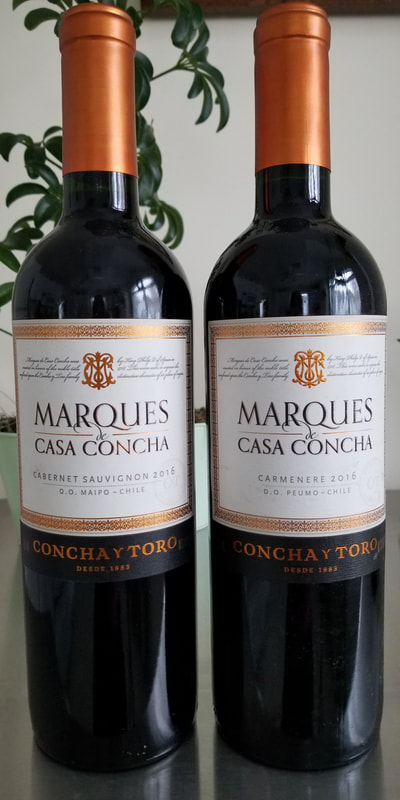
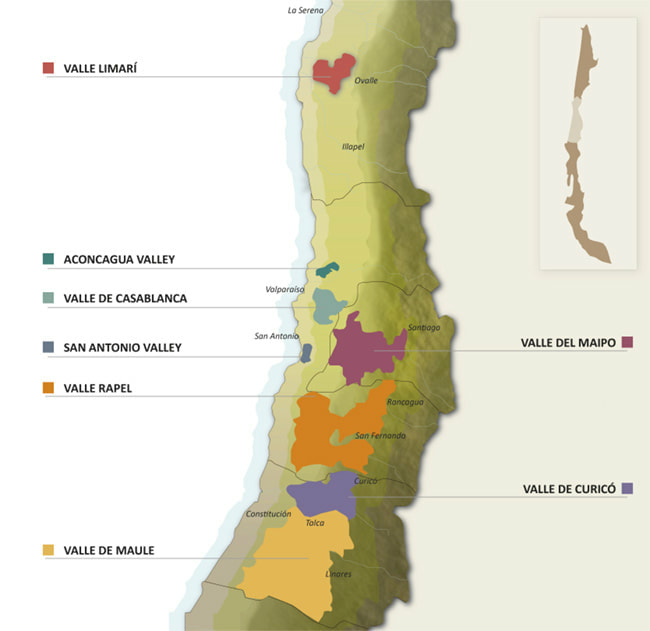
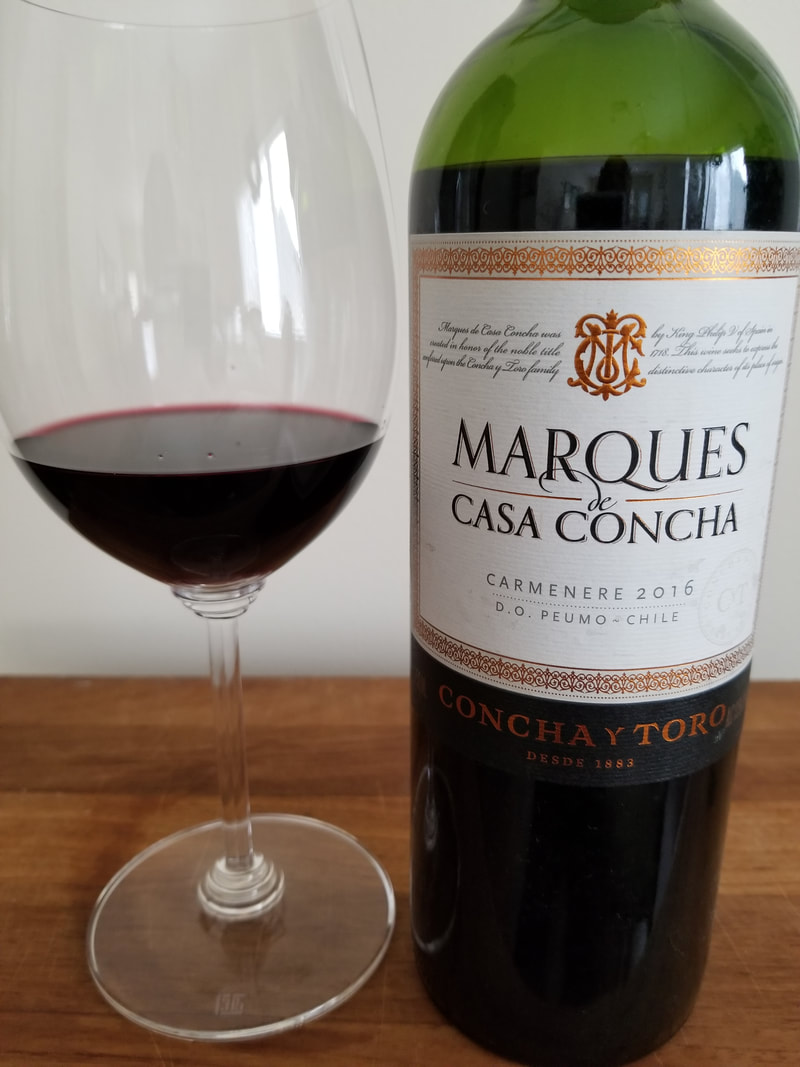
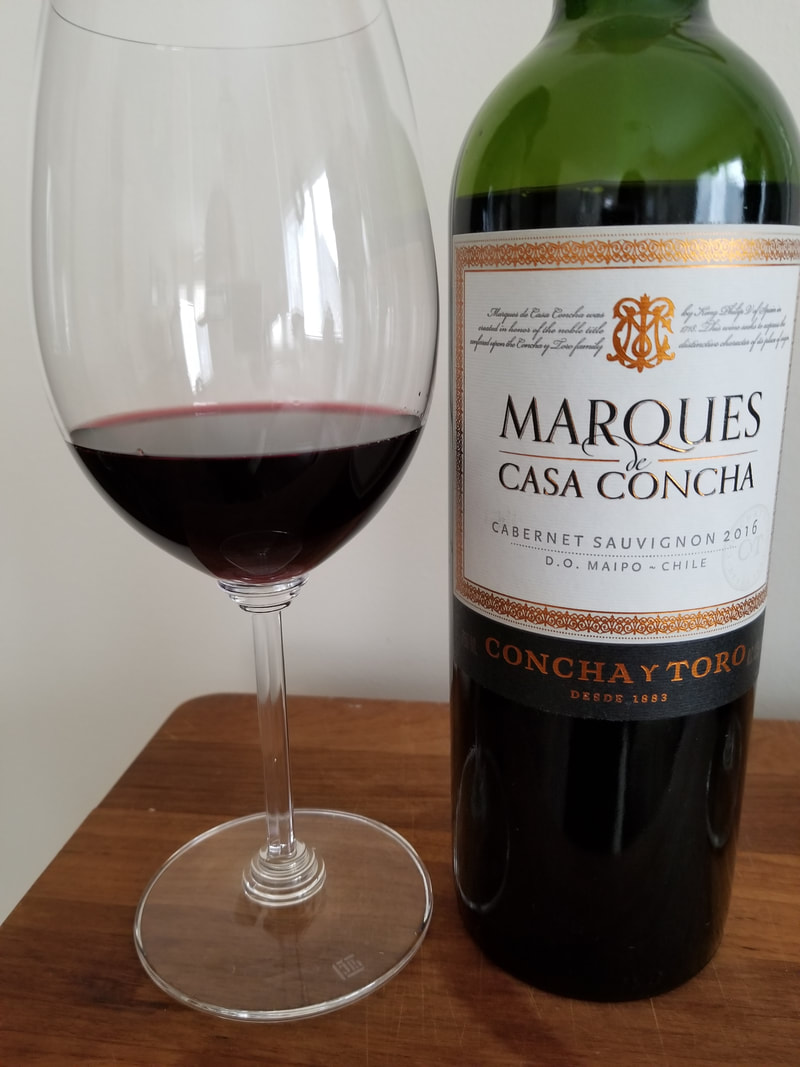
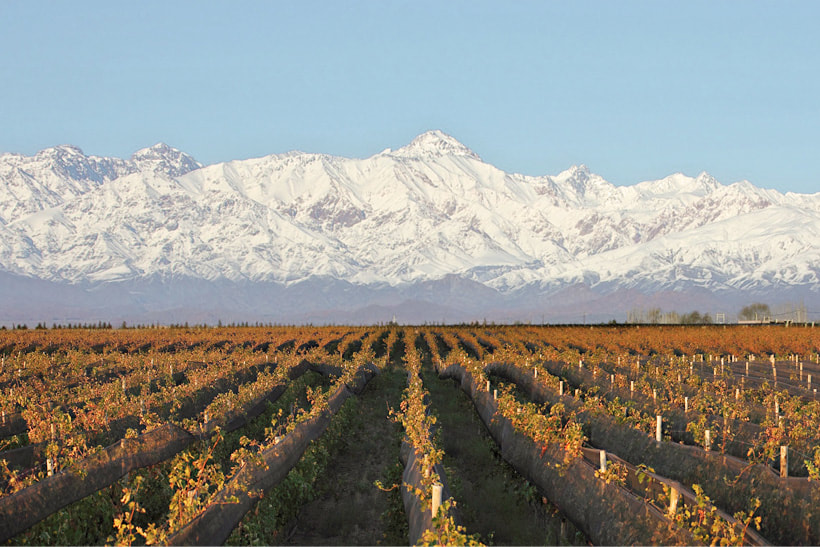
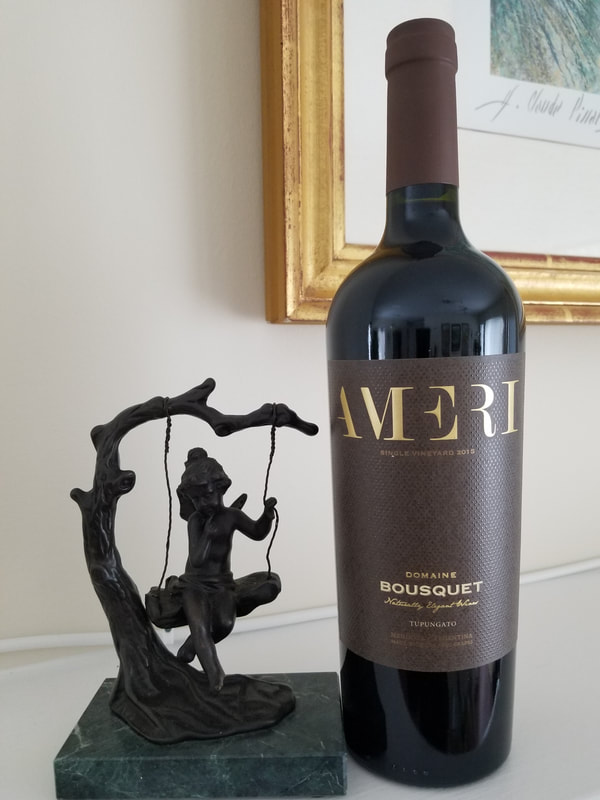
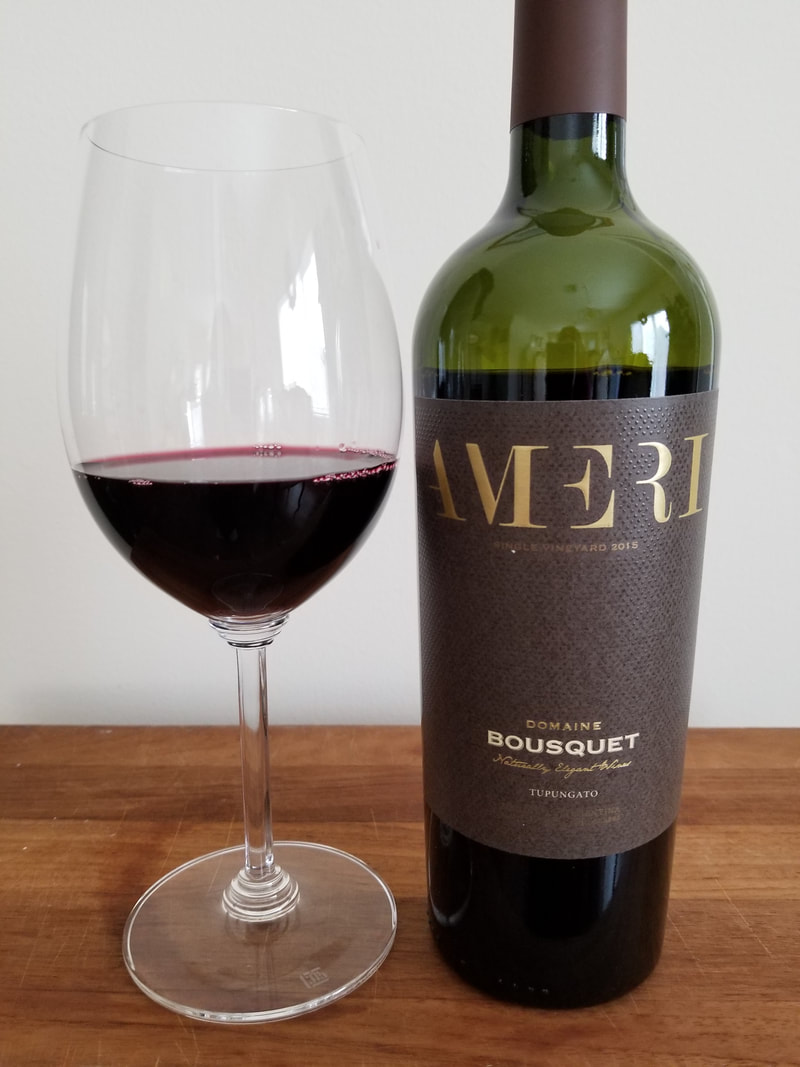
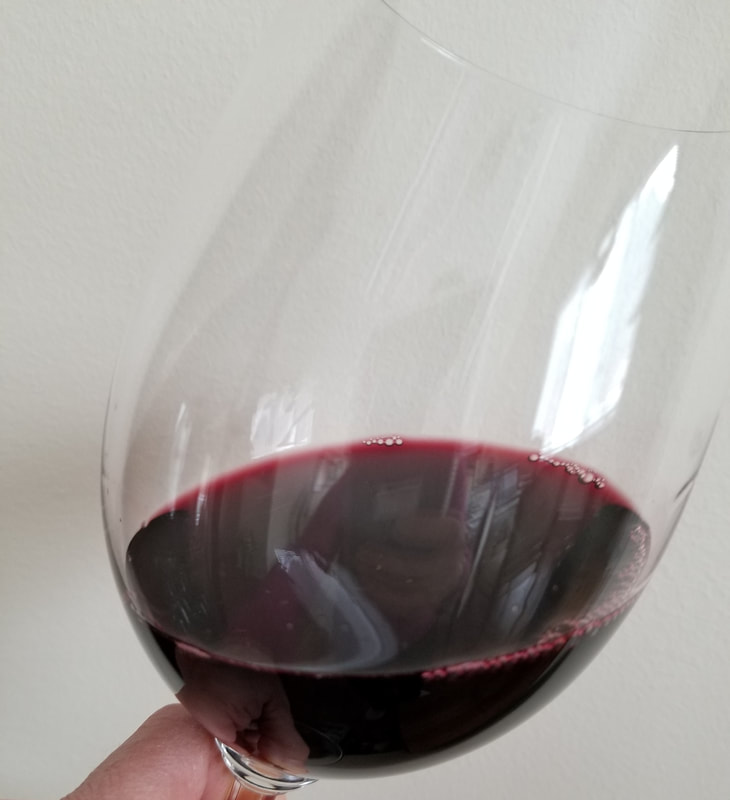
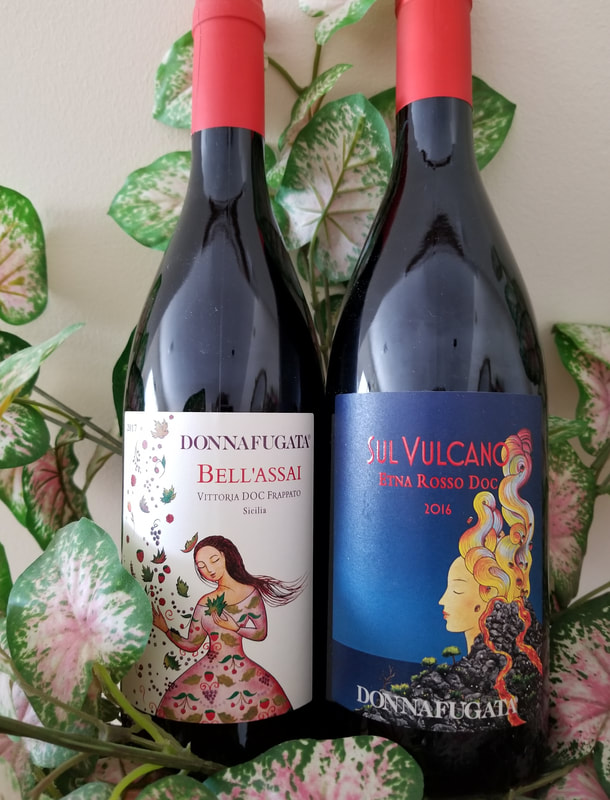
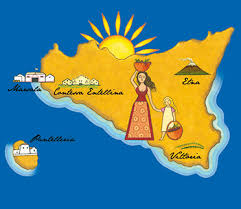
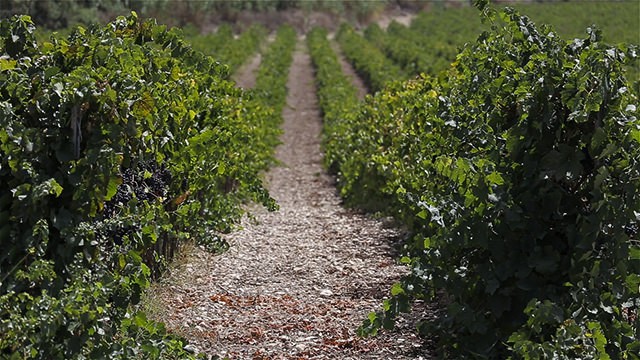
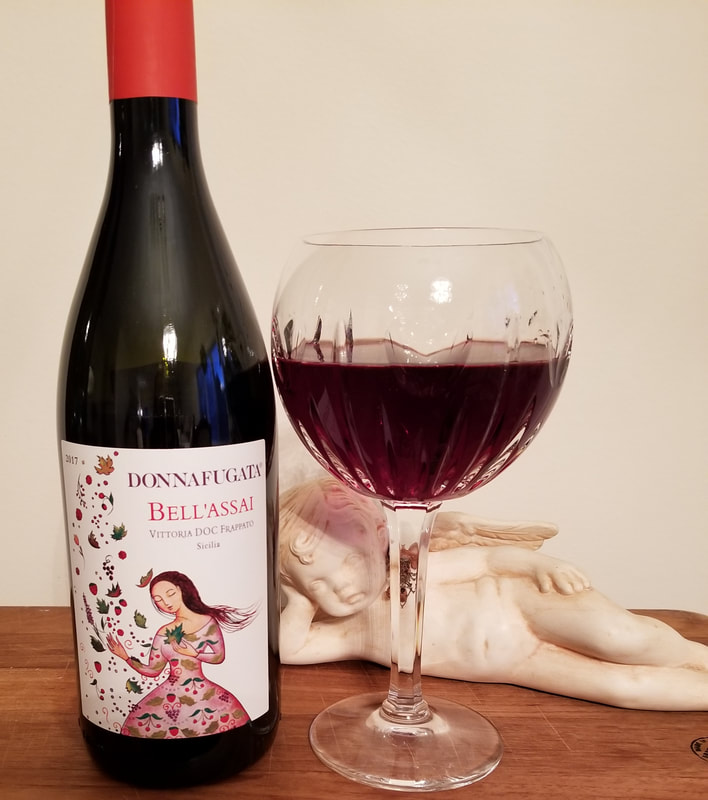
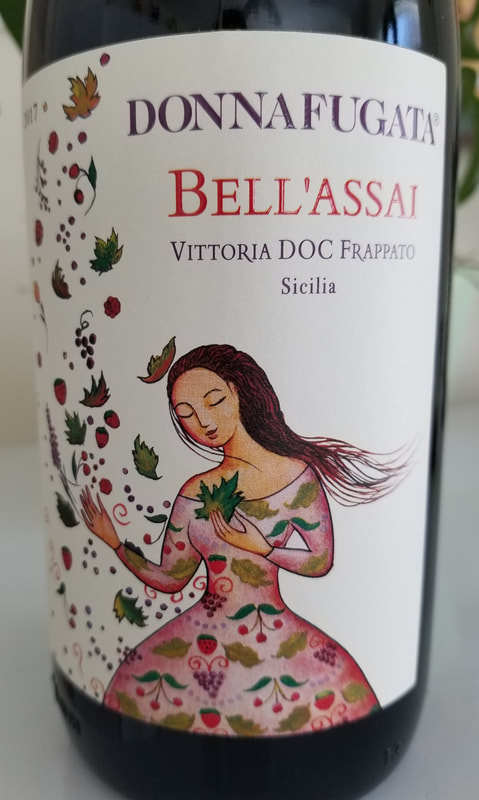
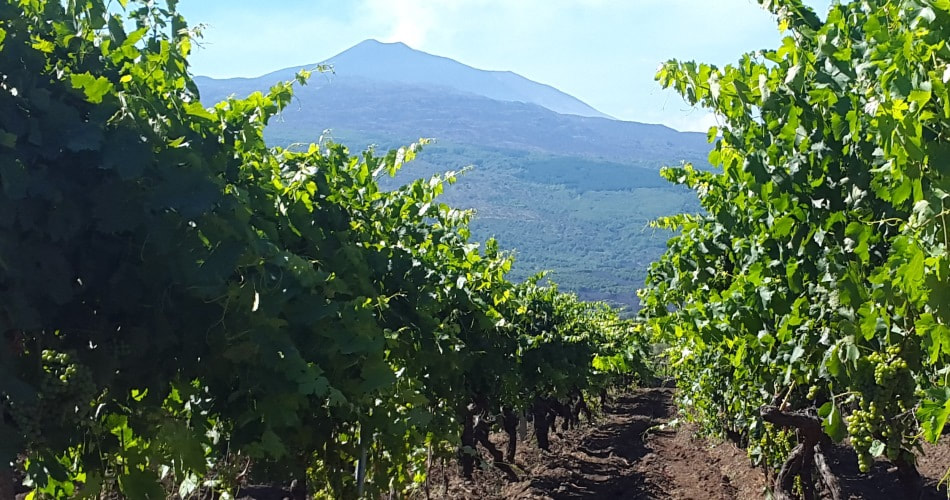
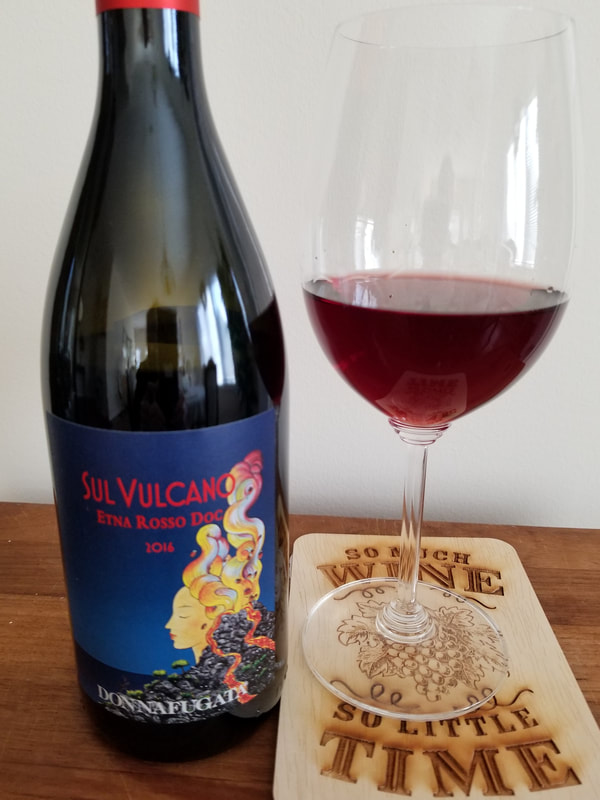
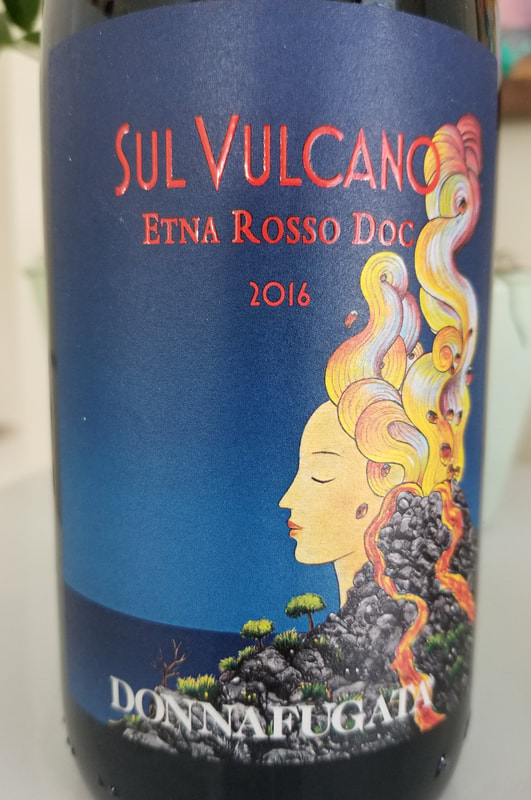
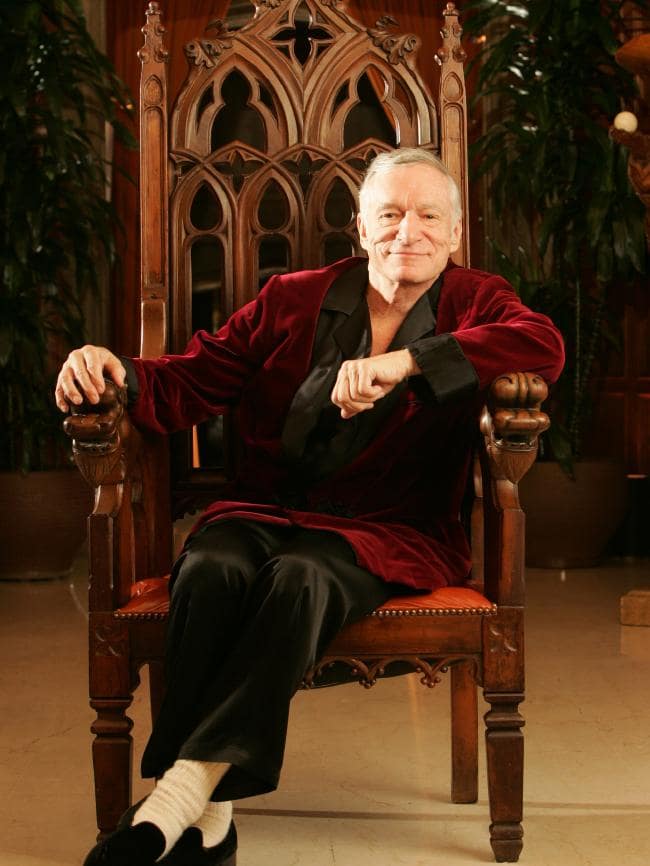
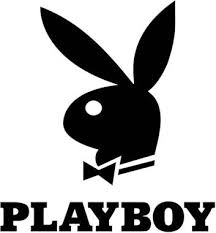
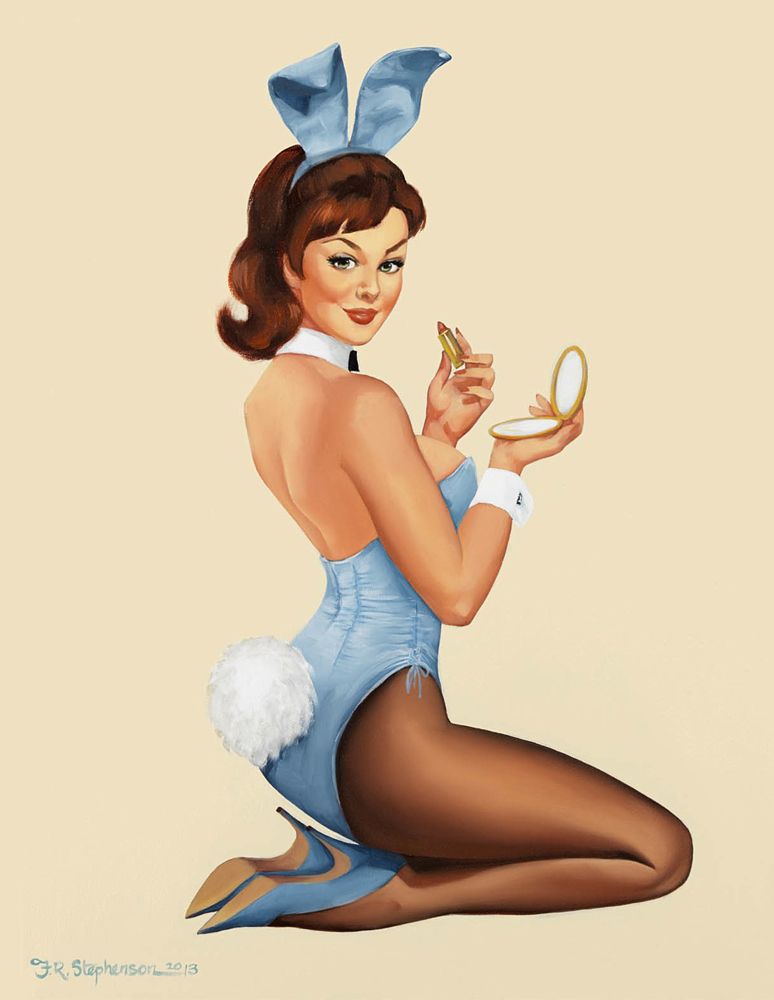
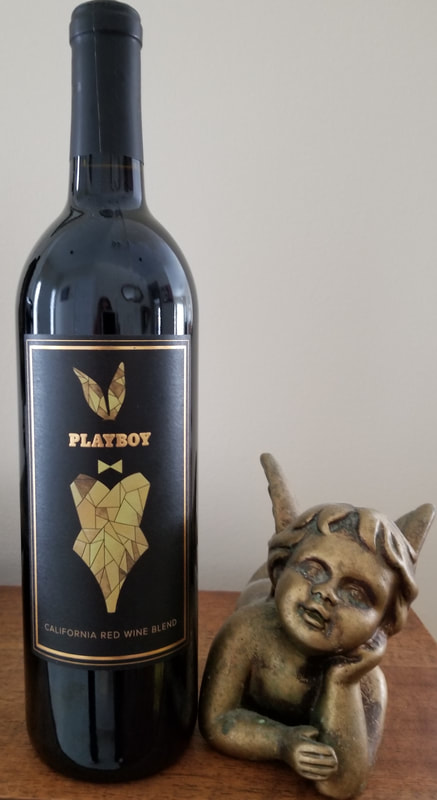
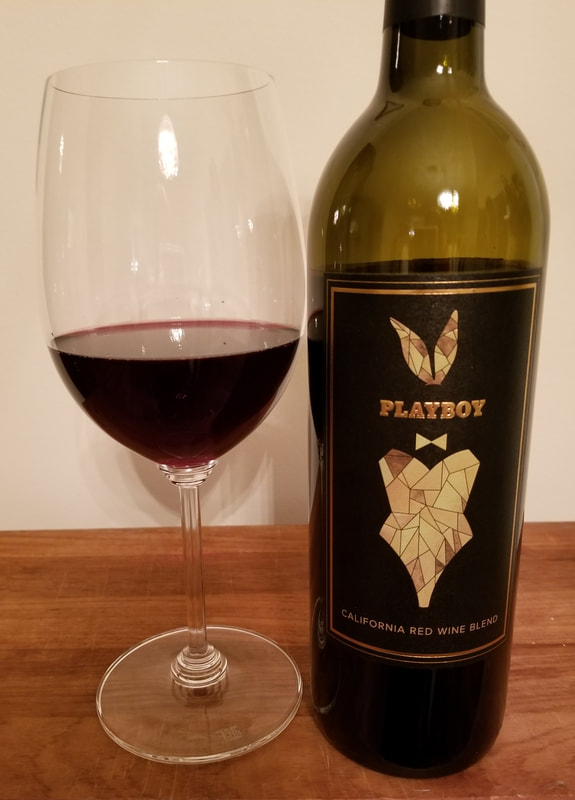

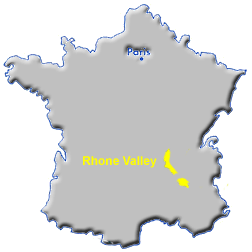
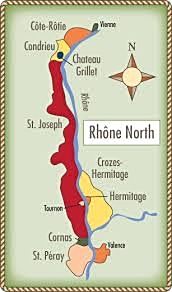
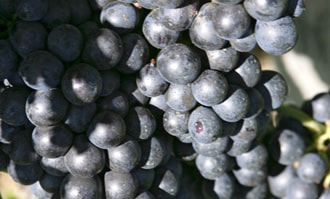
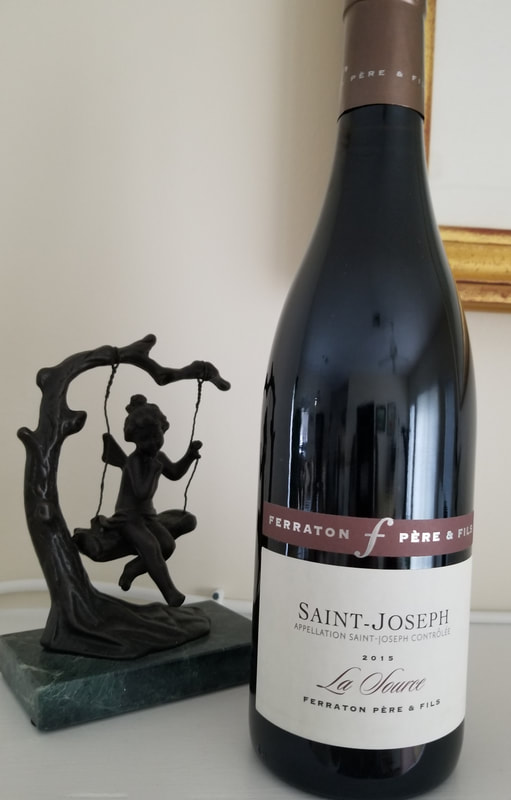
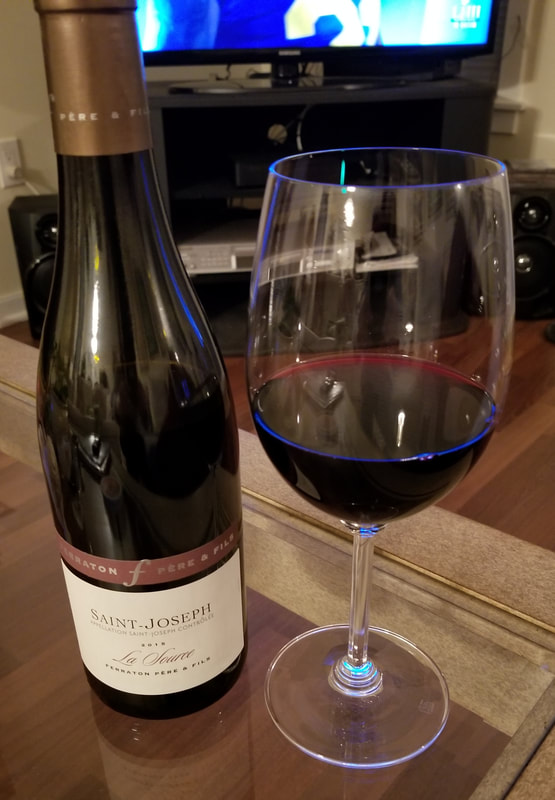
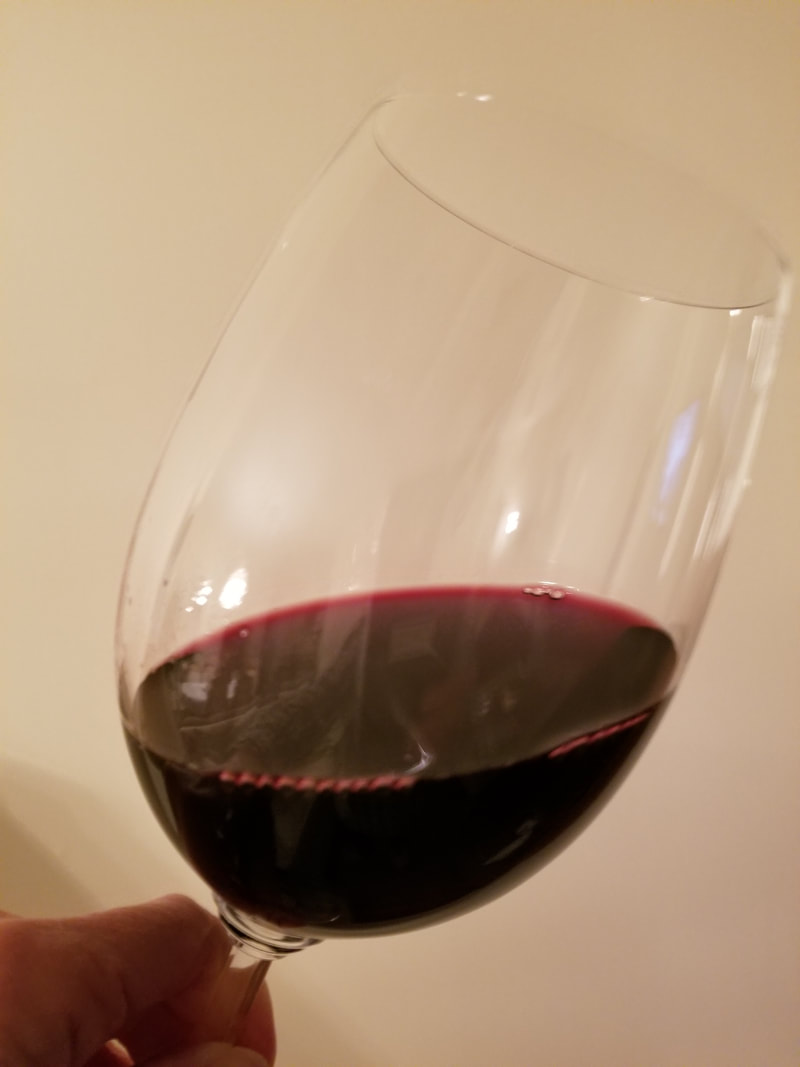
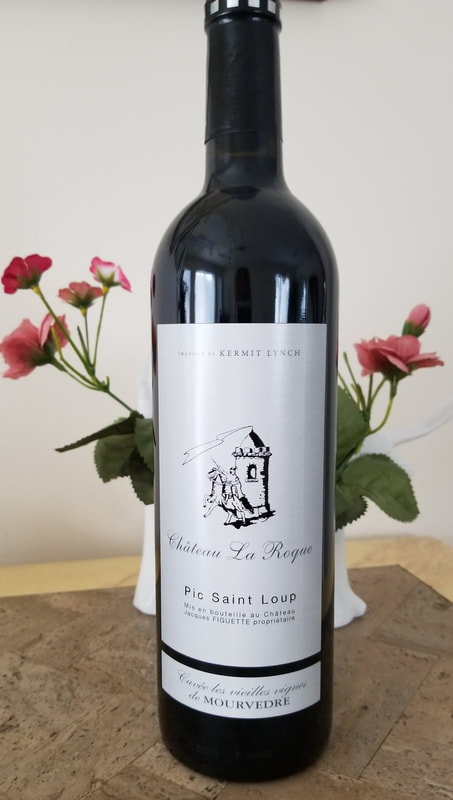
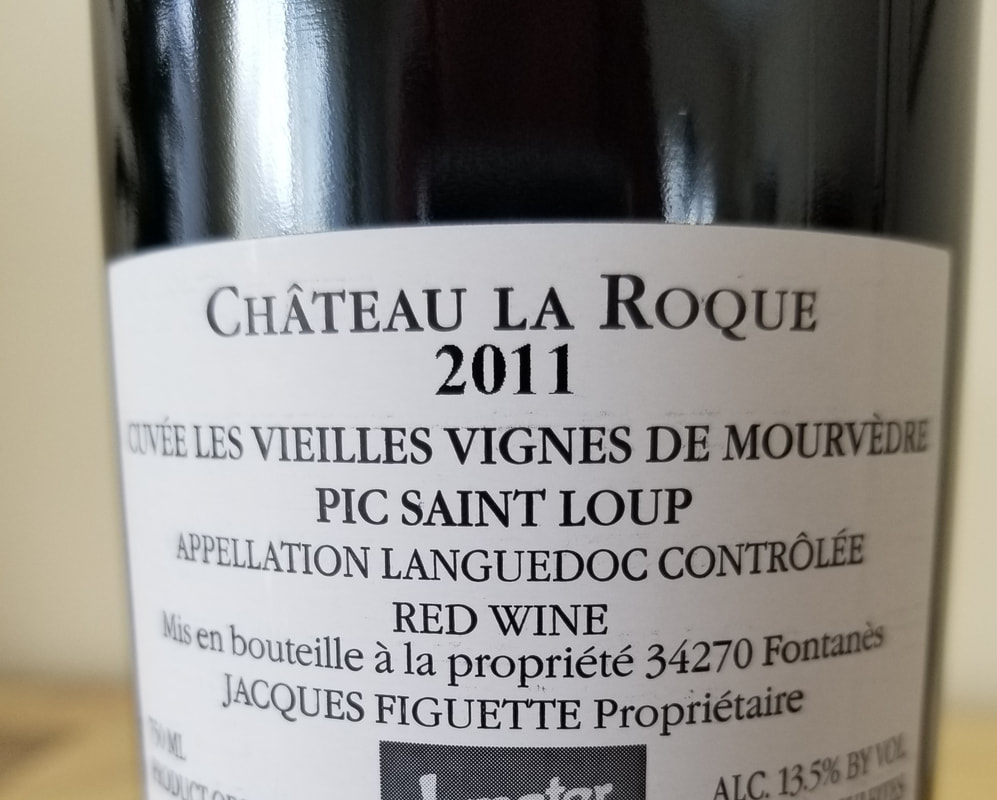
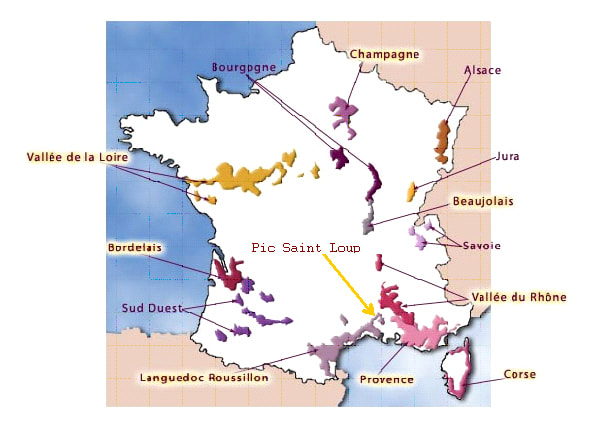
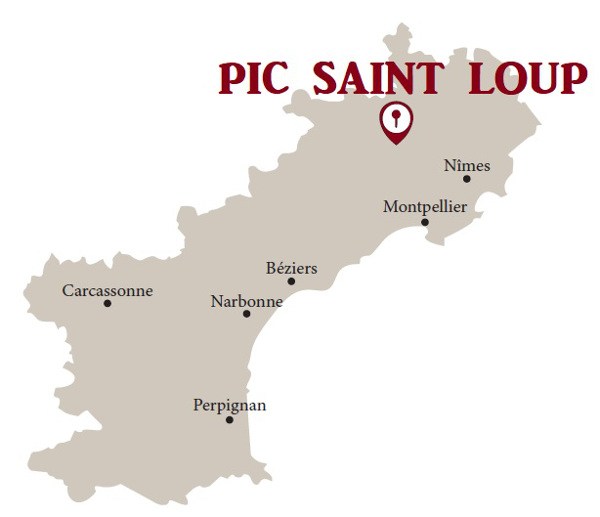
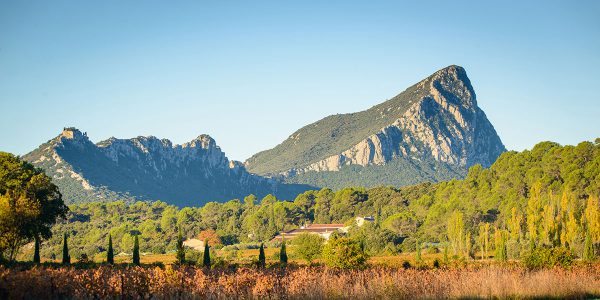
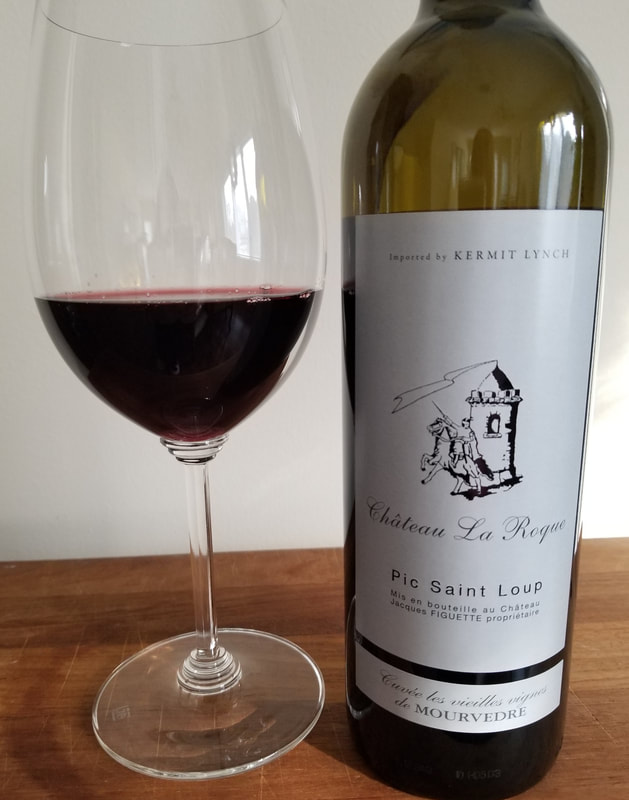
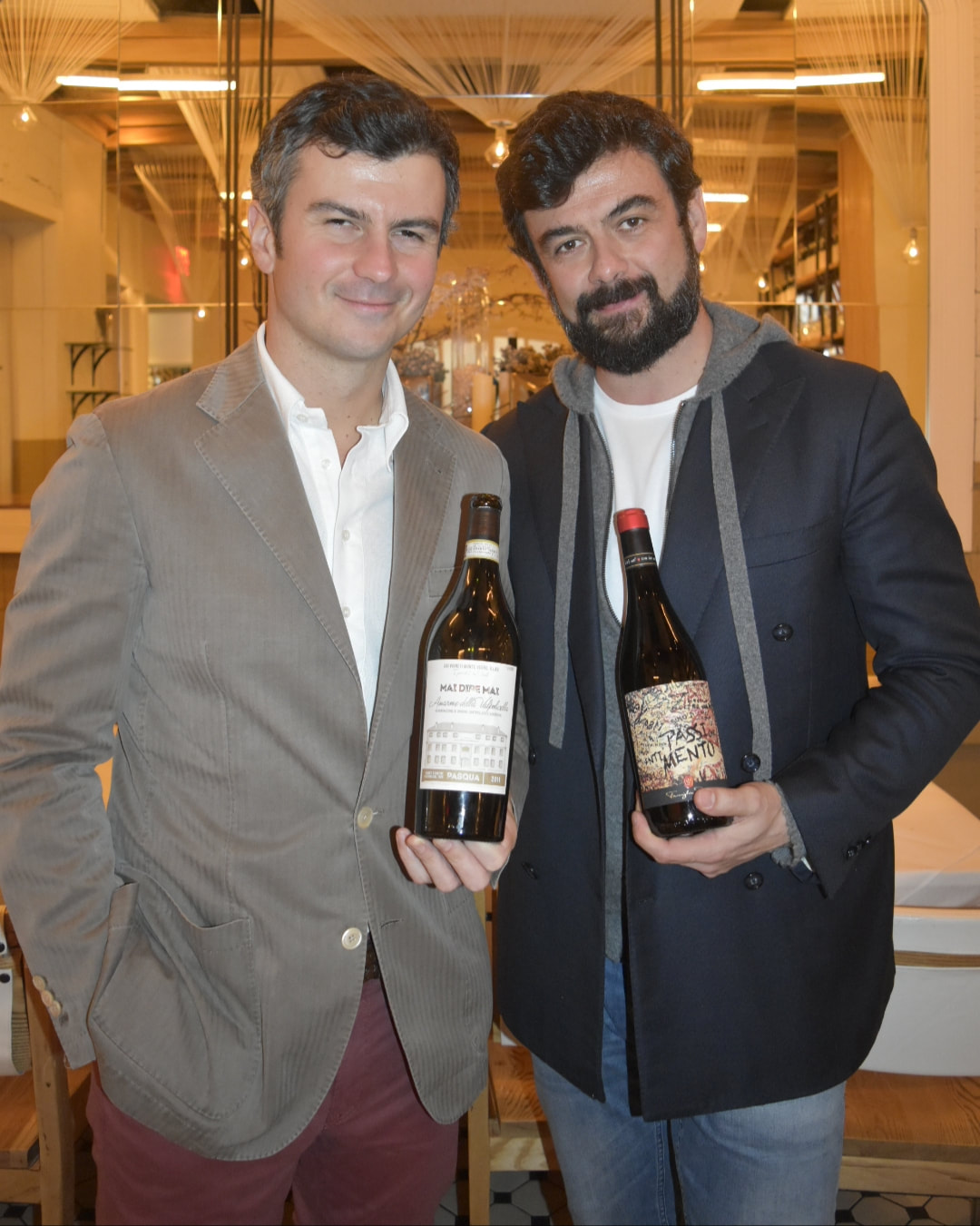
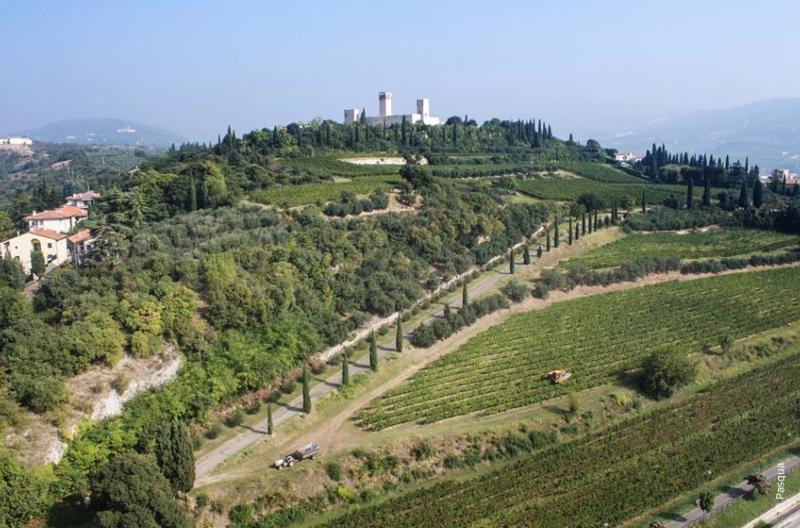
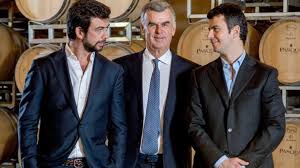
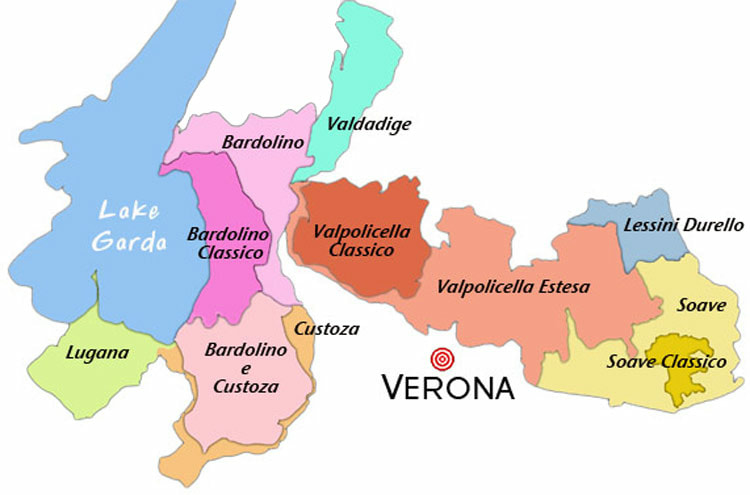
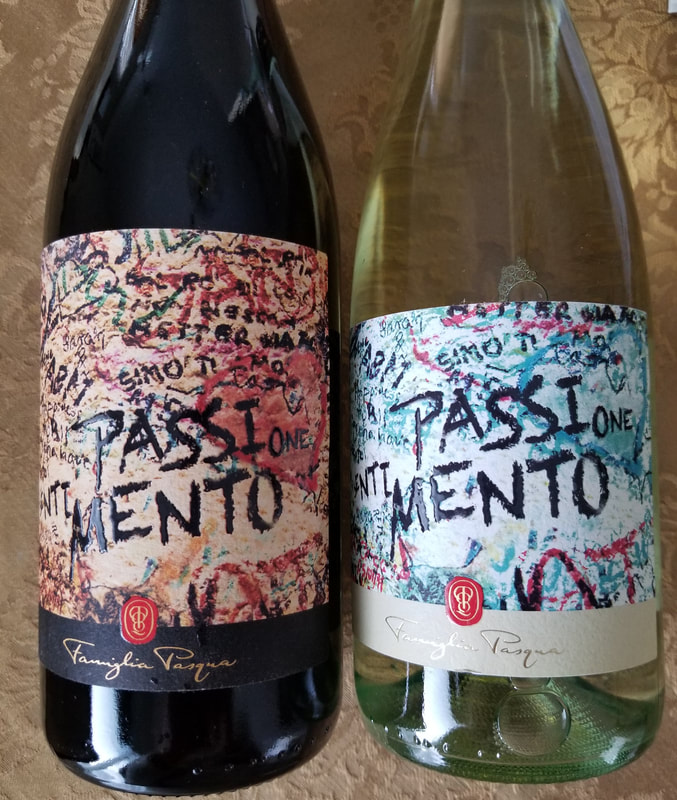
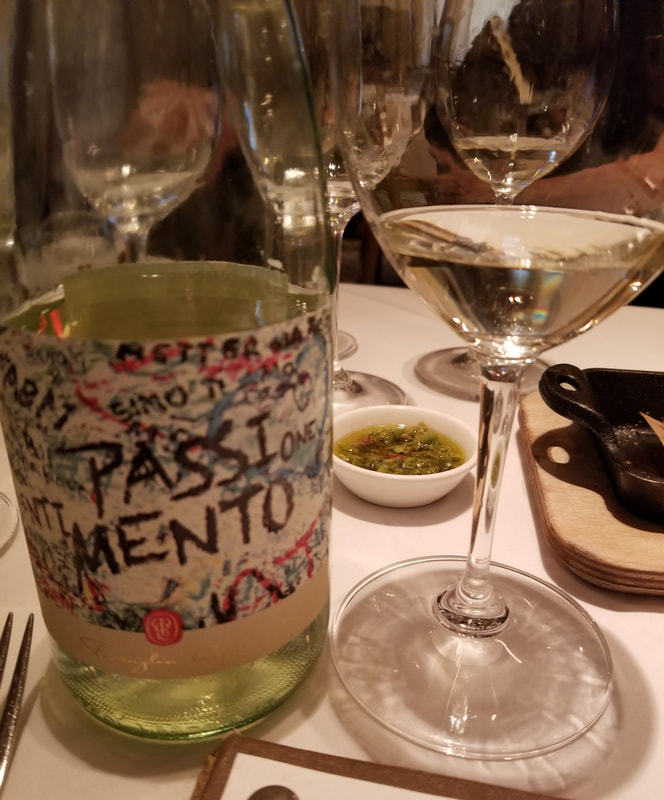
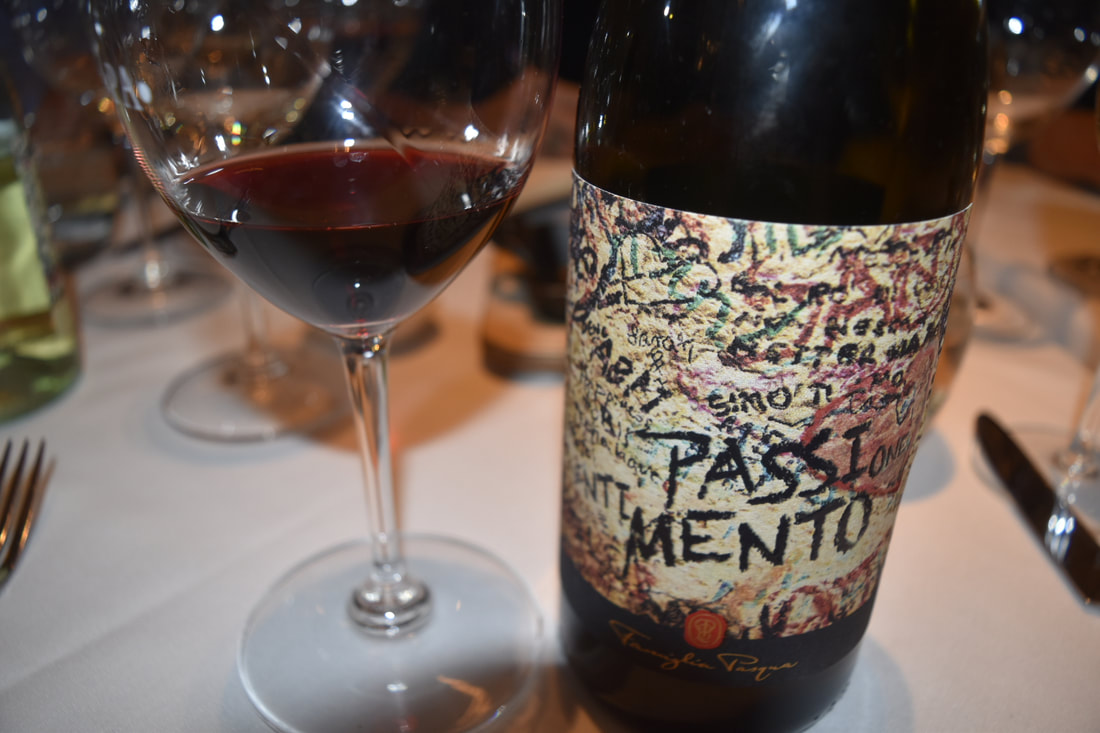
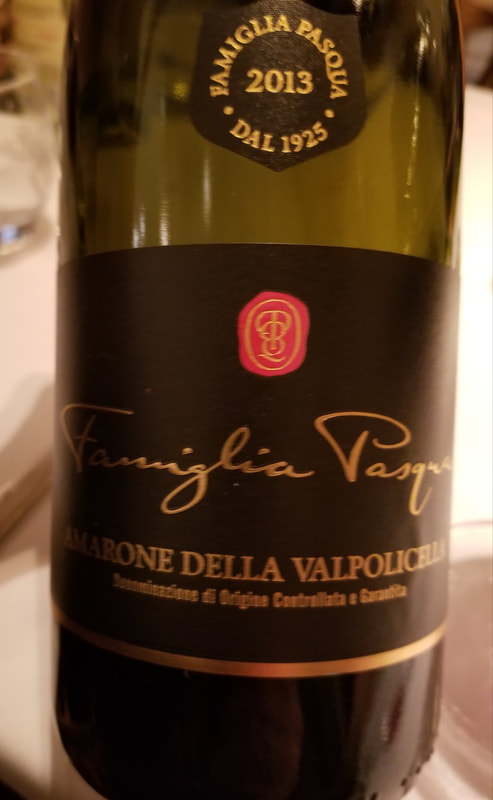
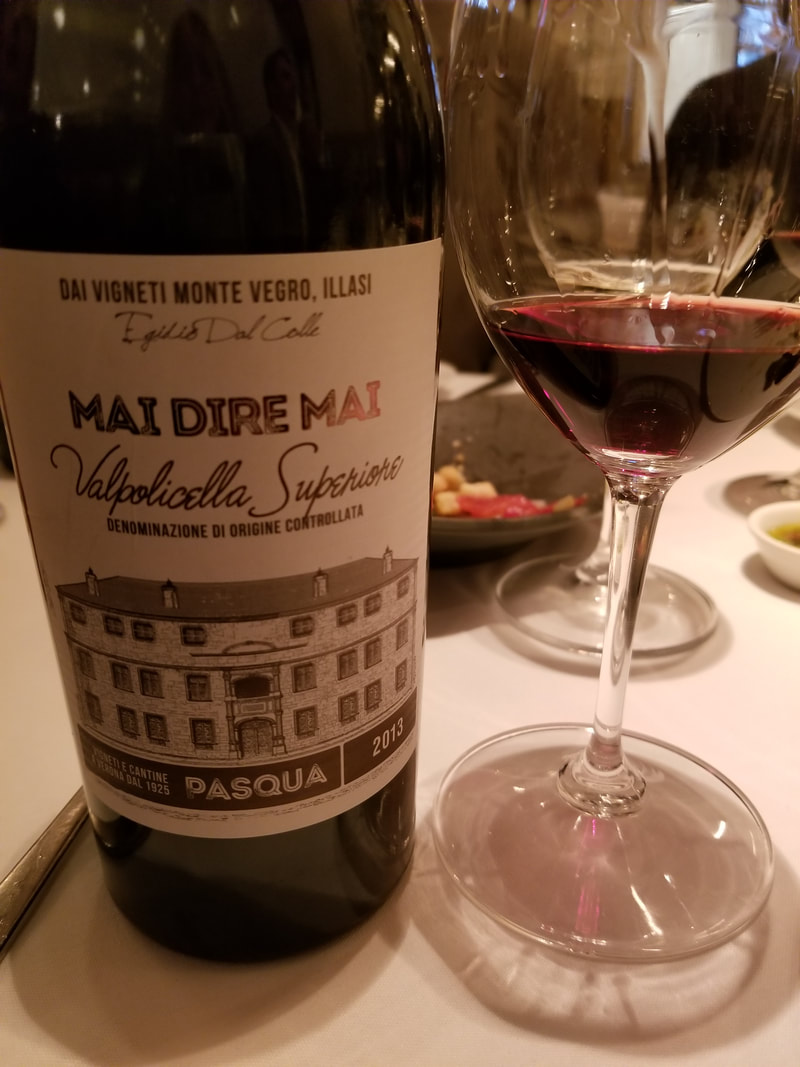
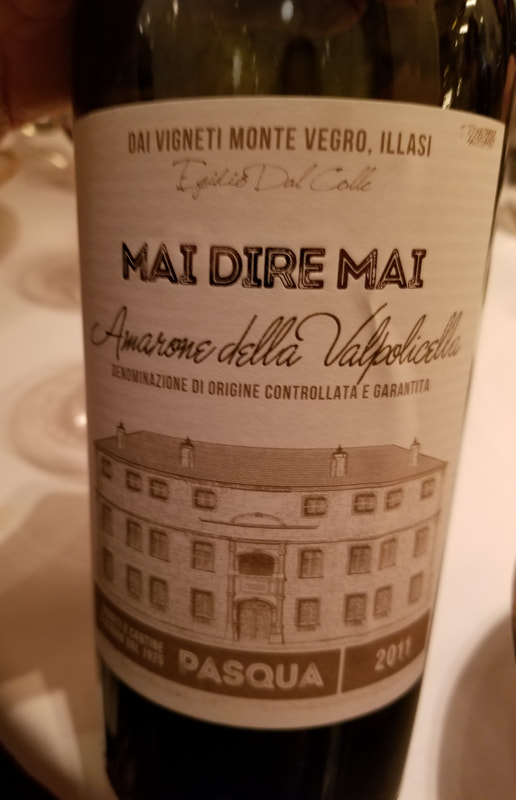
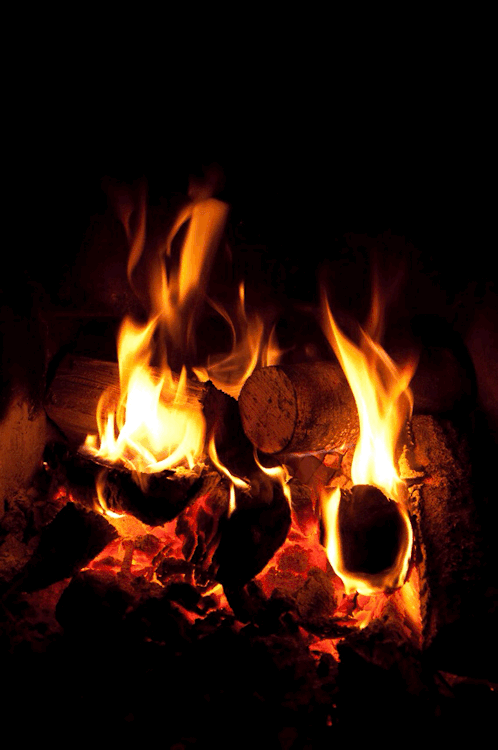
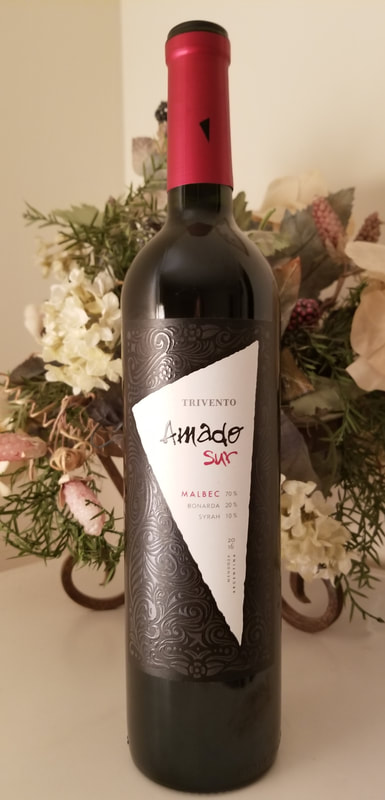
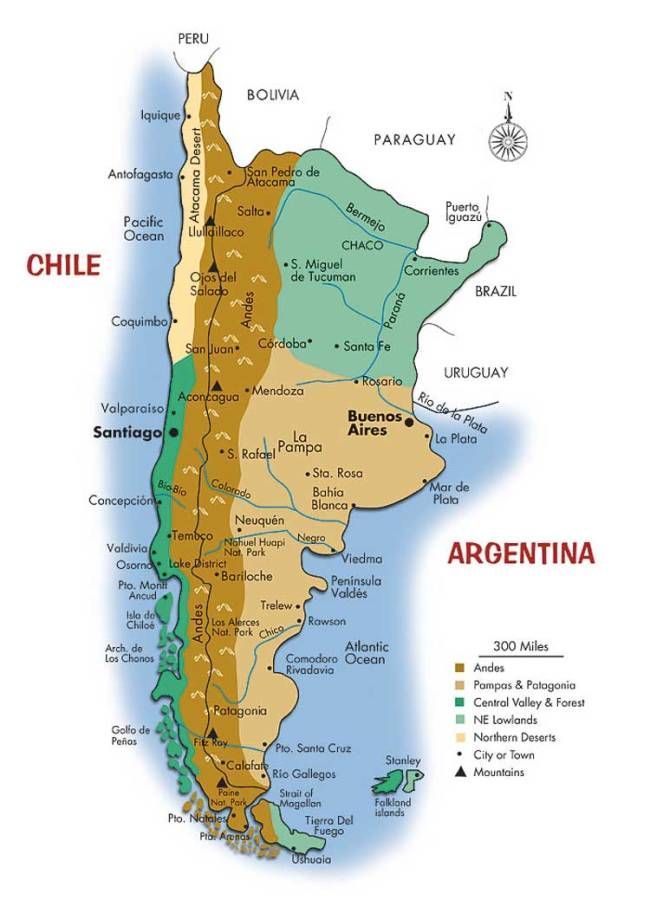
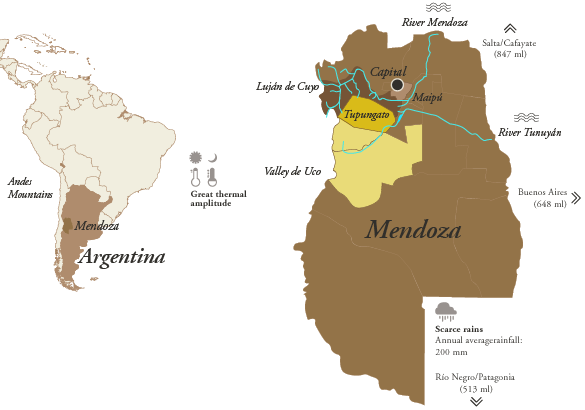
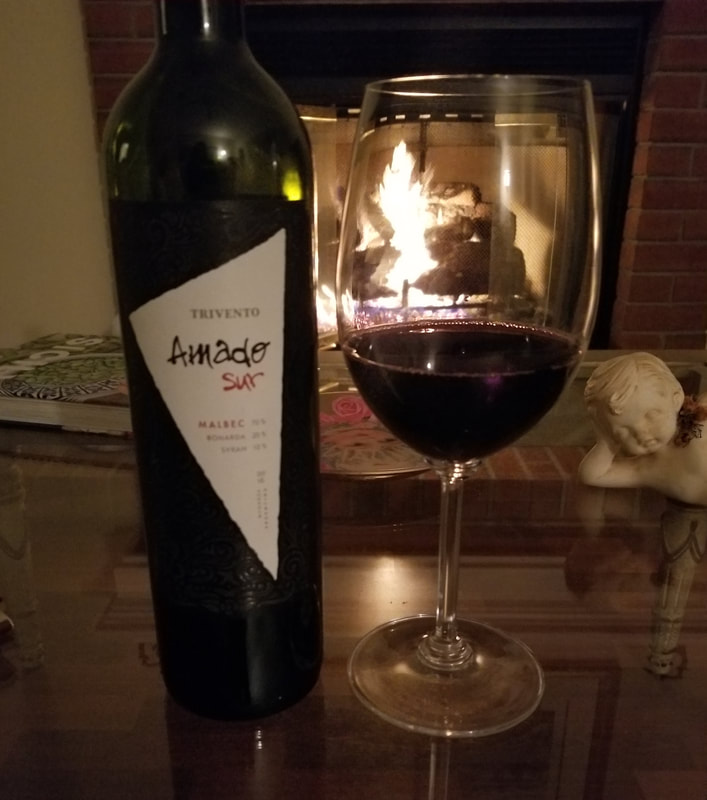
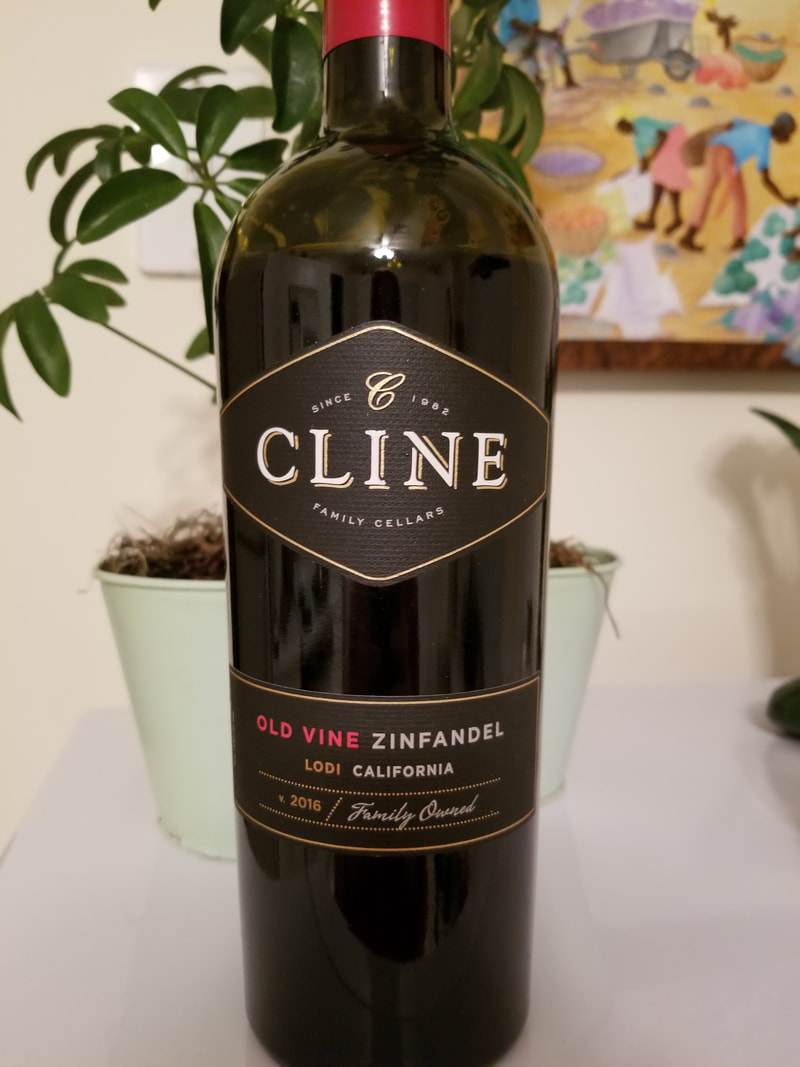
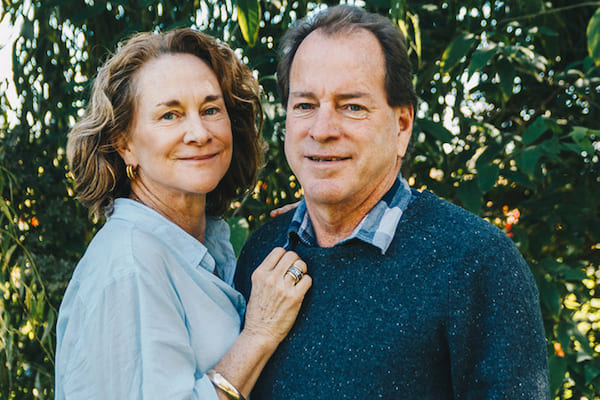
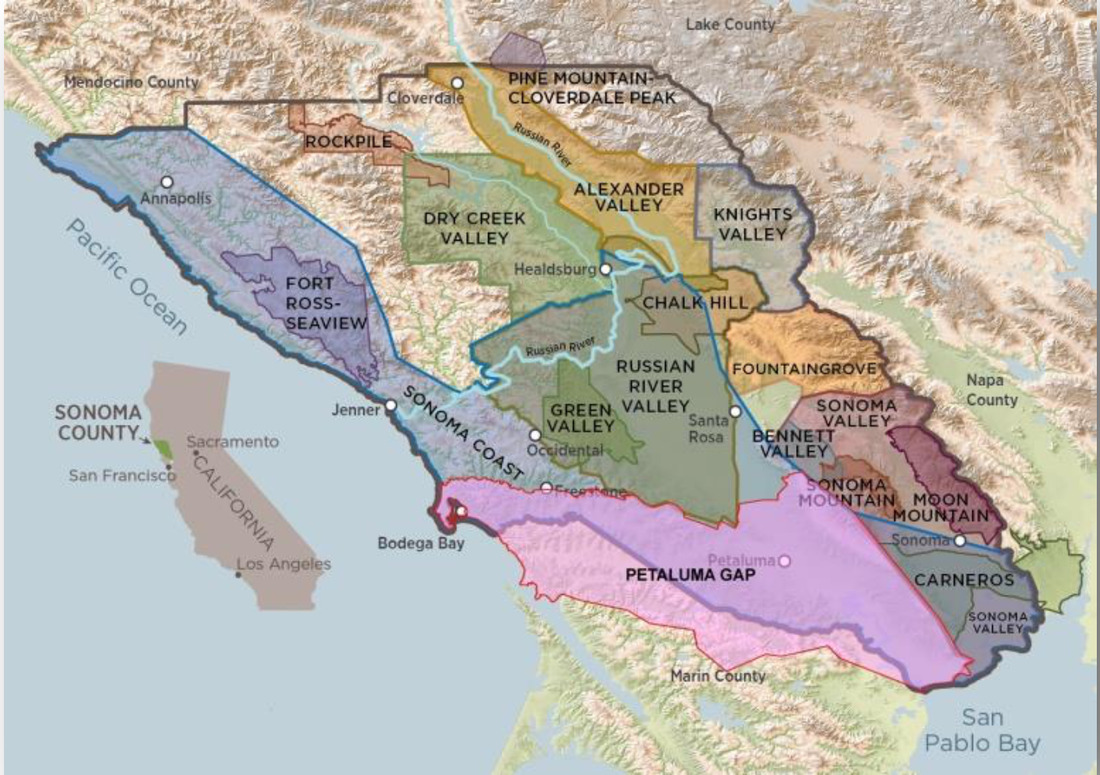
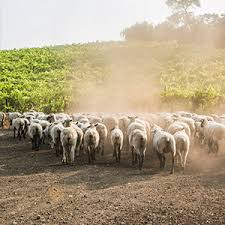
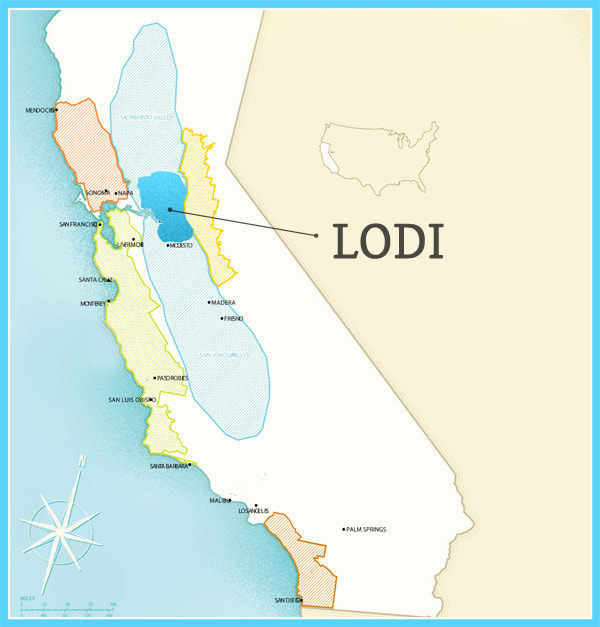
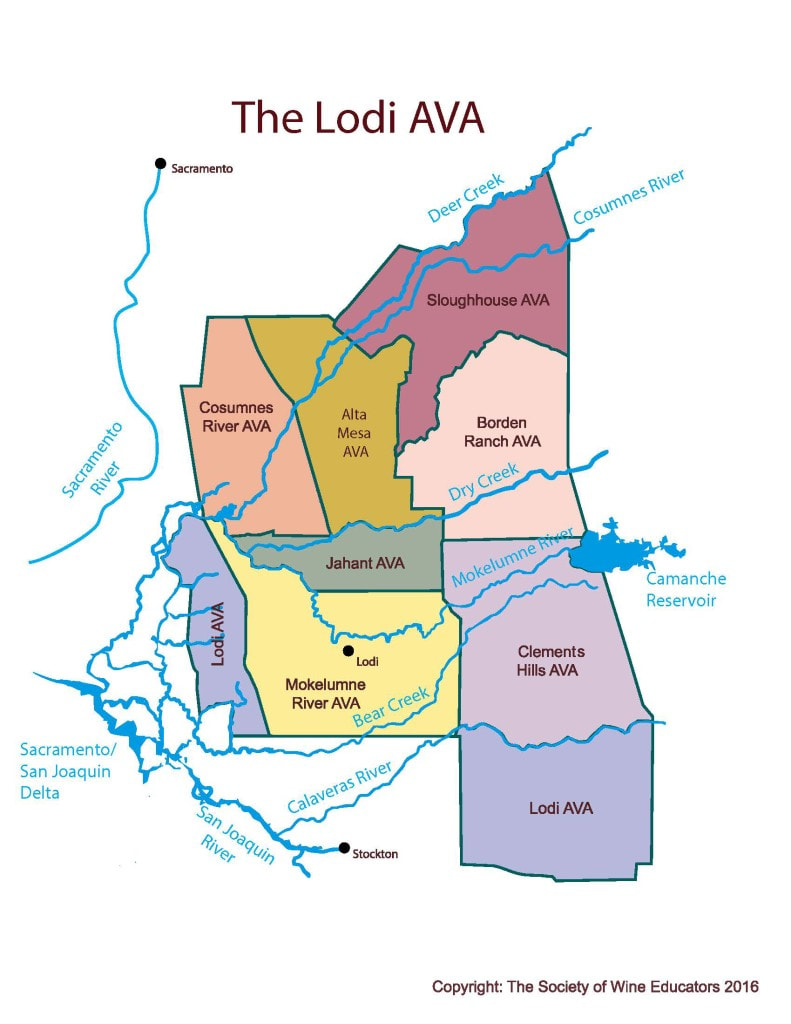
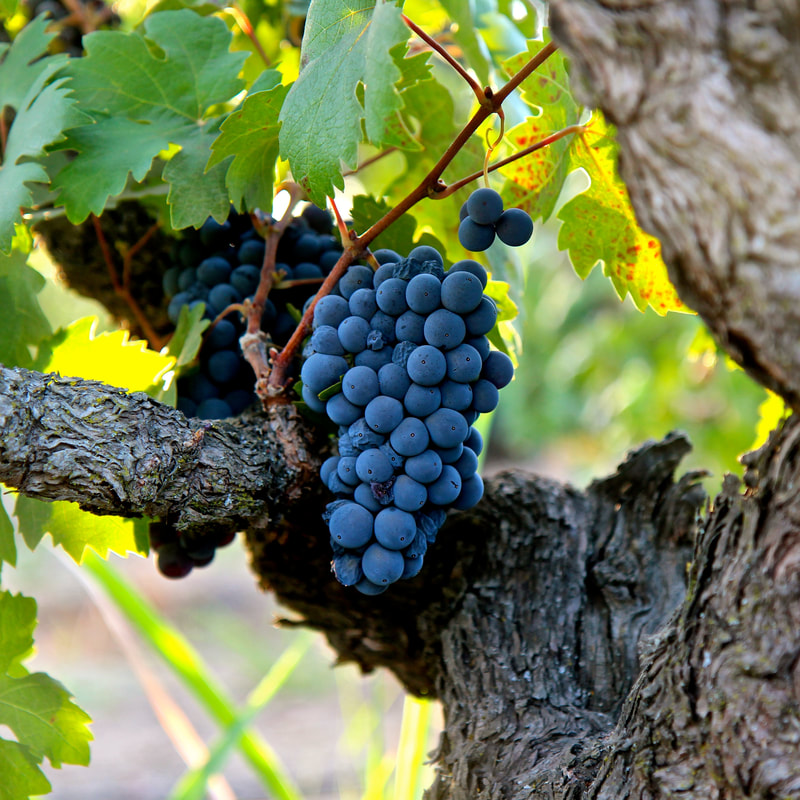
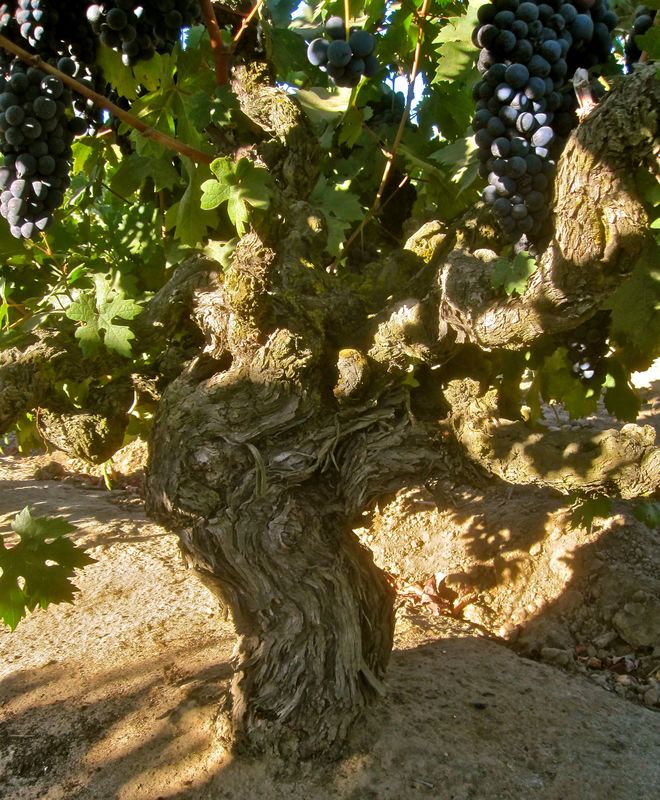
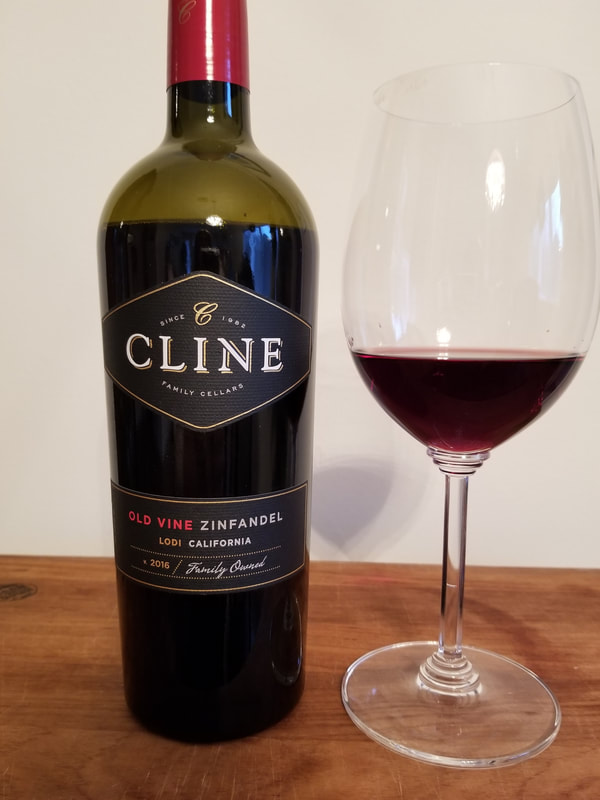
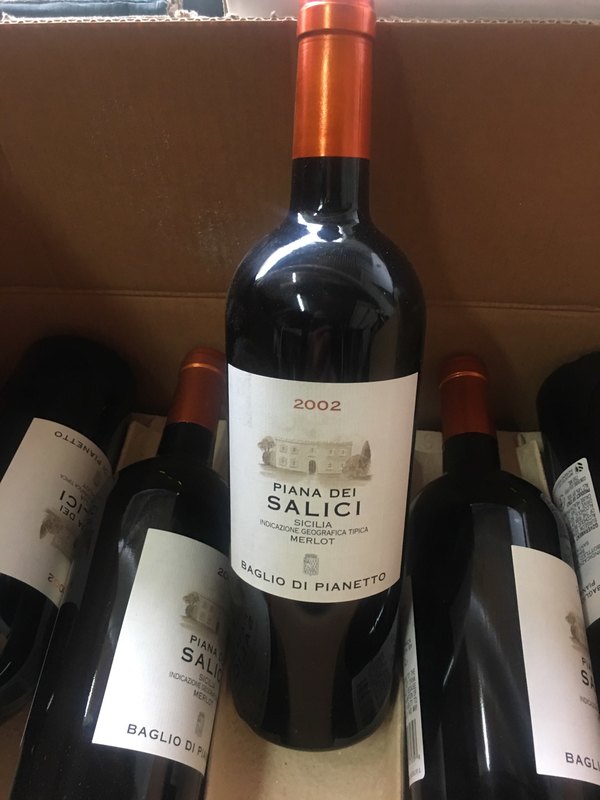
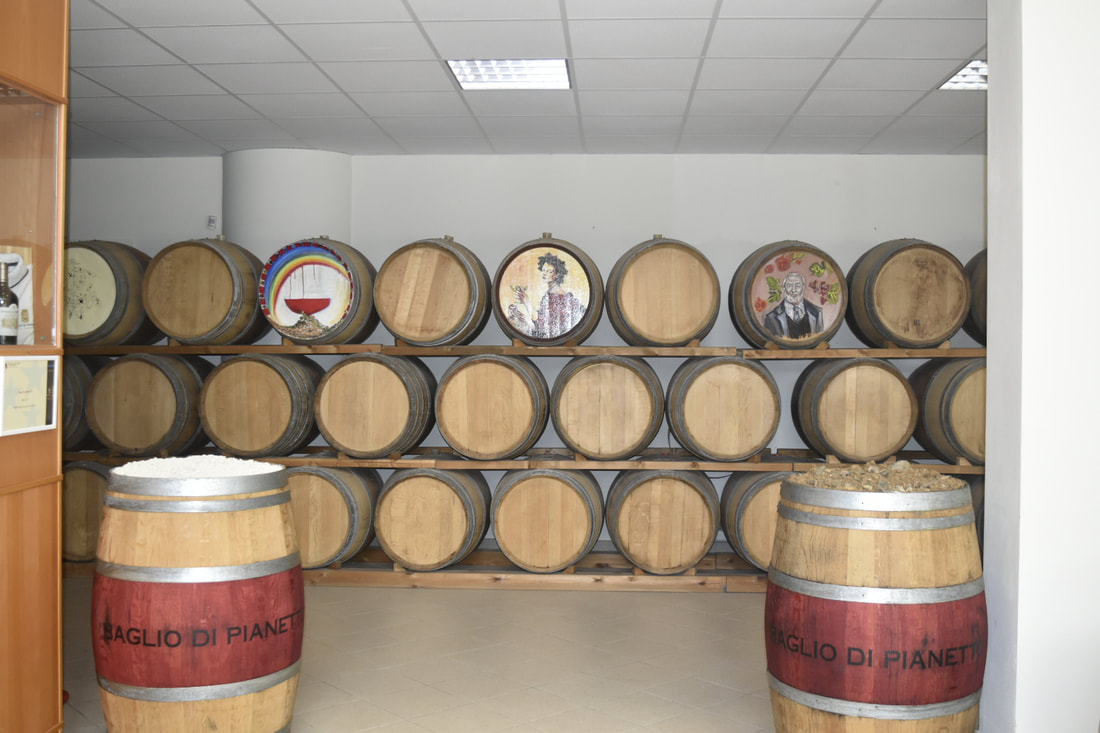
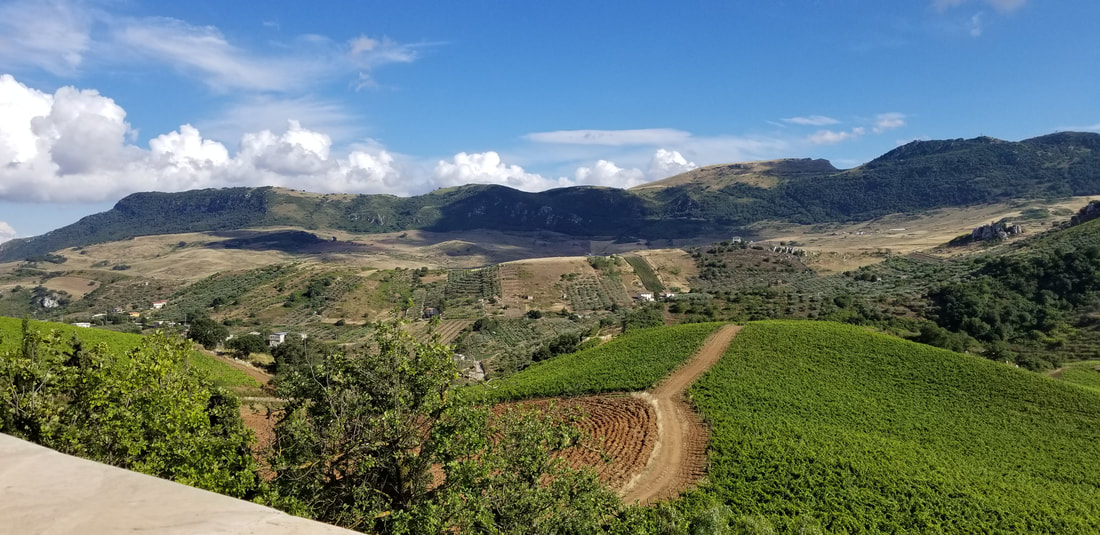
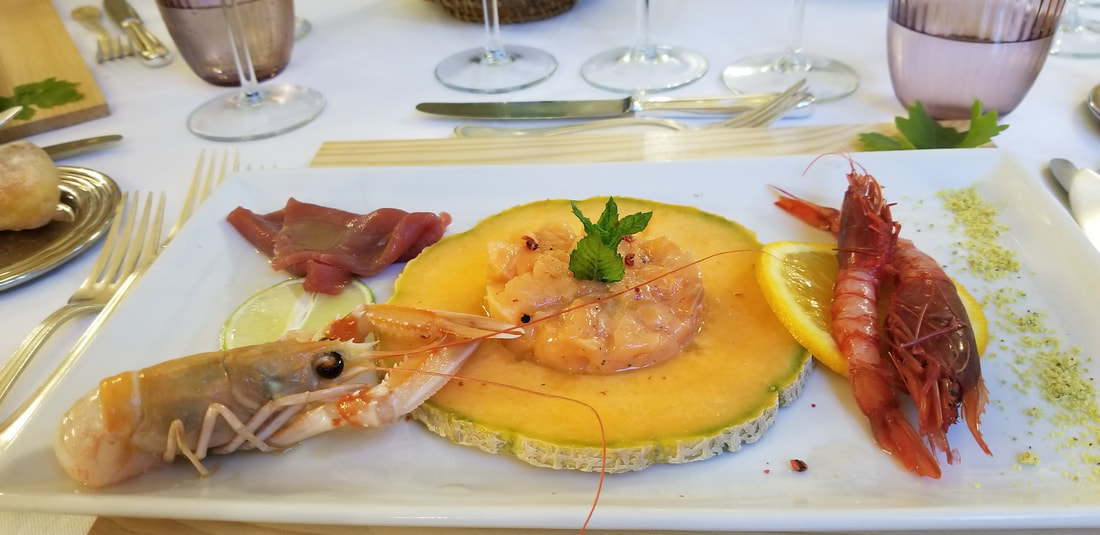
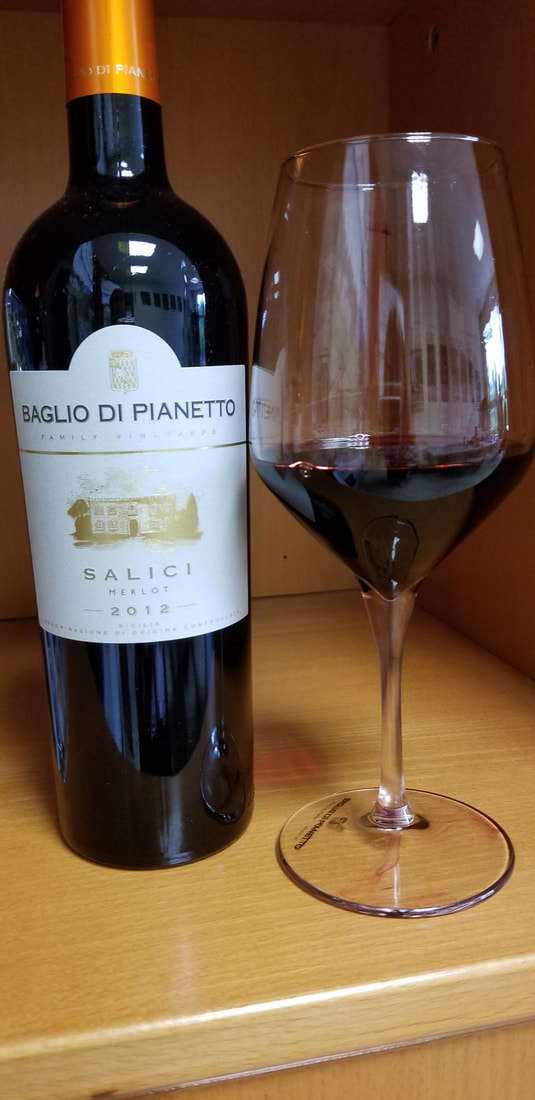
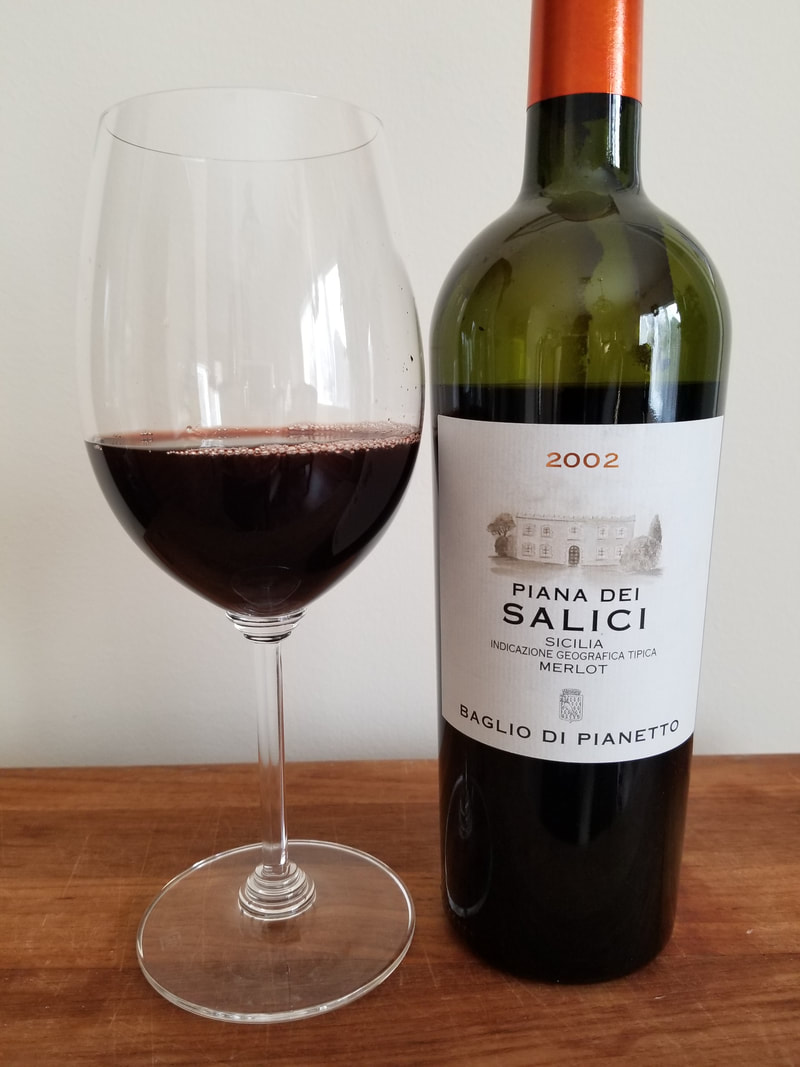
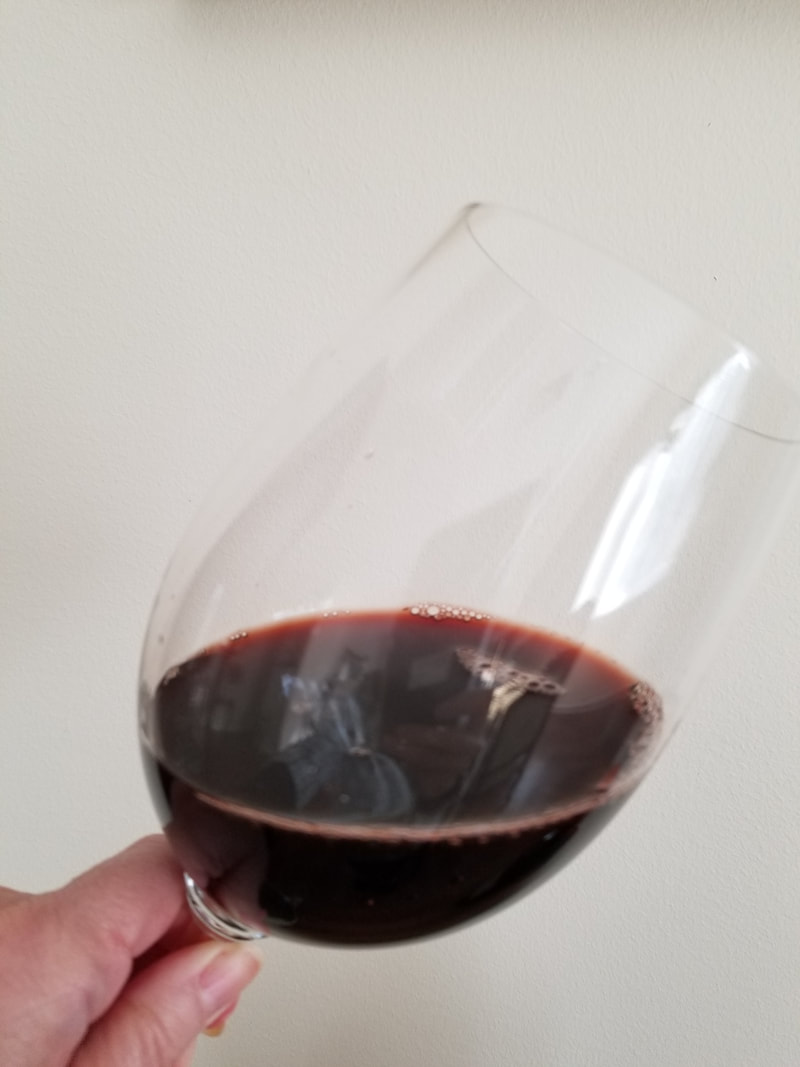
 RSS Feed
RSS Feed